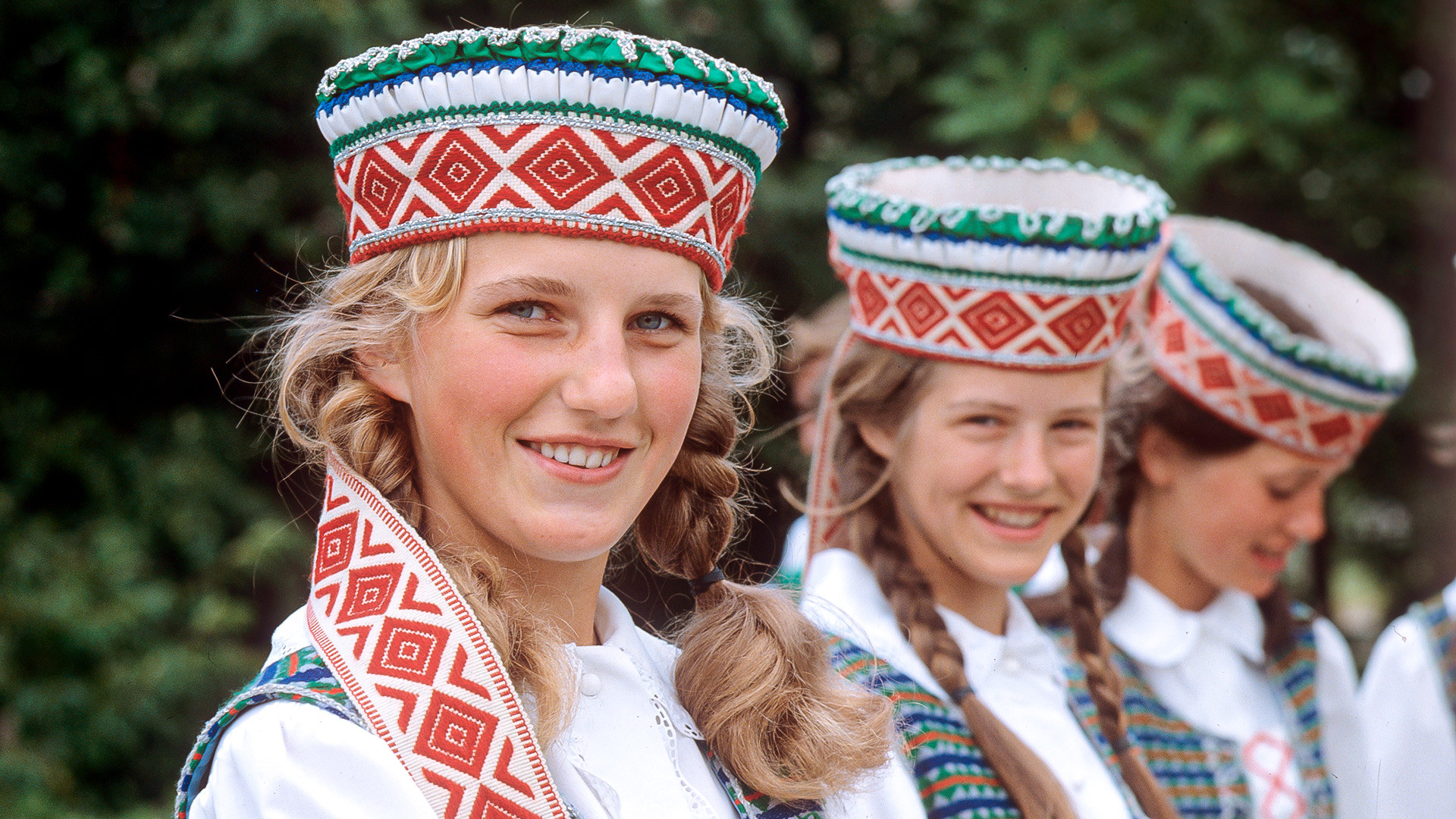
Lithuanian girls in national dresses, 1984.
L. Raskin/SputnikBaltic territories, with their Latvian, Lithuanian and Estonian populations, always enjoyed special status, both, as part of the Russain Empire and the USSR. Soviet authorities always tried to take into account the special historical and economic circumstances of this “European” region that was so different from the rest of the country.
A larger portion of the country’s money was injected into developing their potential. Even the radical Soviet-style reforms of the day were applied with much more caution there.
As a result, the standard of living in the three republics was higher than the rest of the USSR, with salaries double or triple of those in the rest of the country, with people not as acutely feeling the pinch of various deficits in produce, clothes and other items.
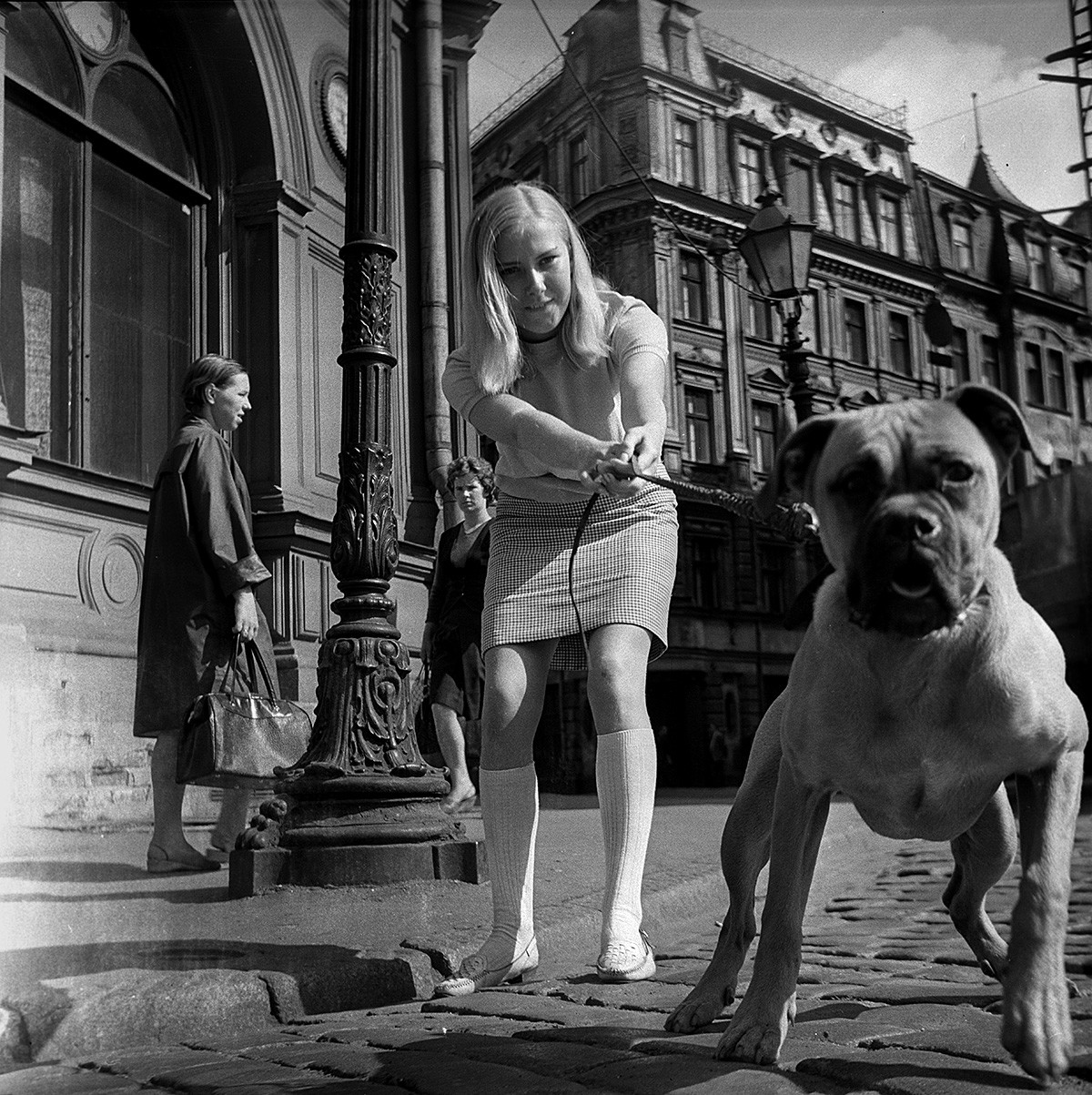
In the streets of central Riga, 1968.
Sviridova/Sputnik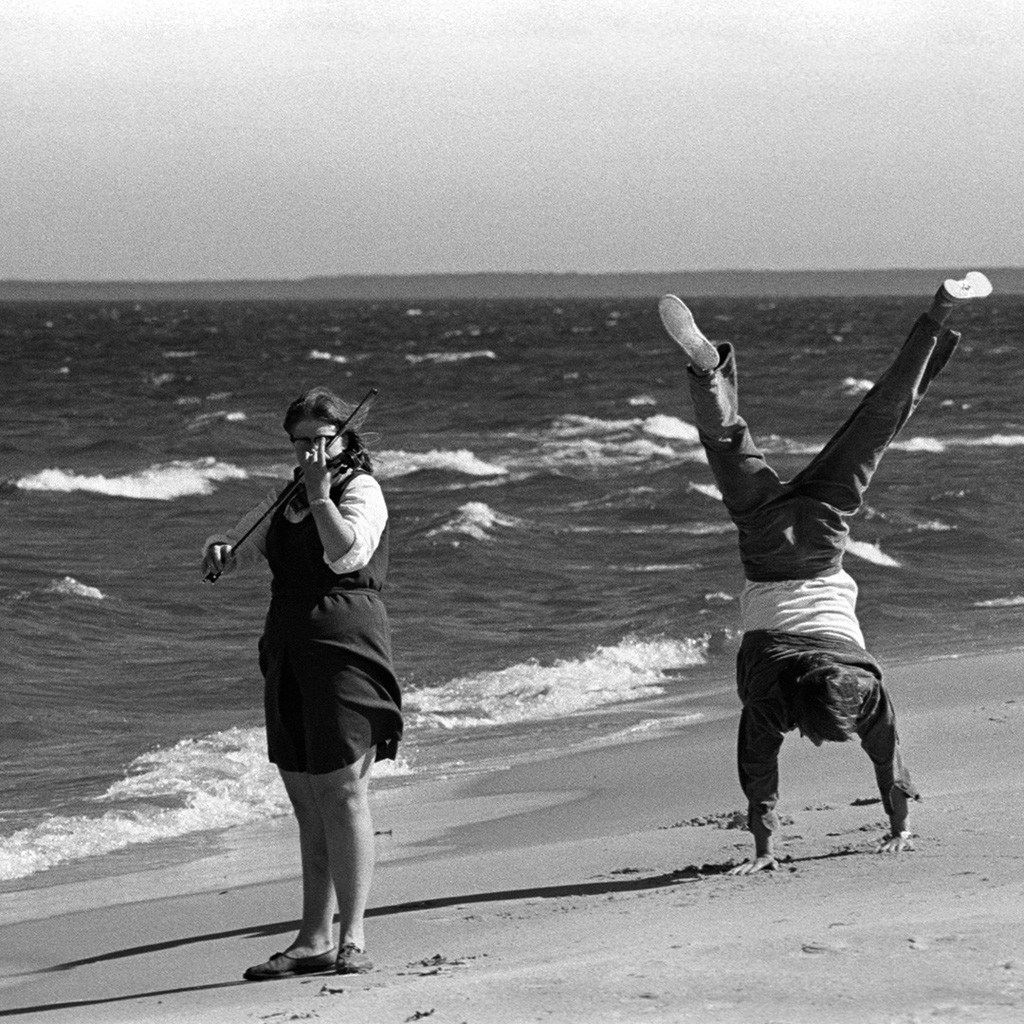
Estonian Pjarnu, 1979.
Yuri Abramochkin/russiainphoto.ru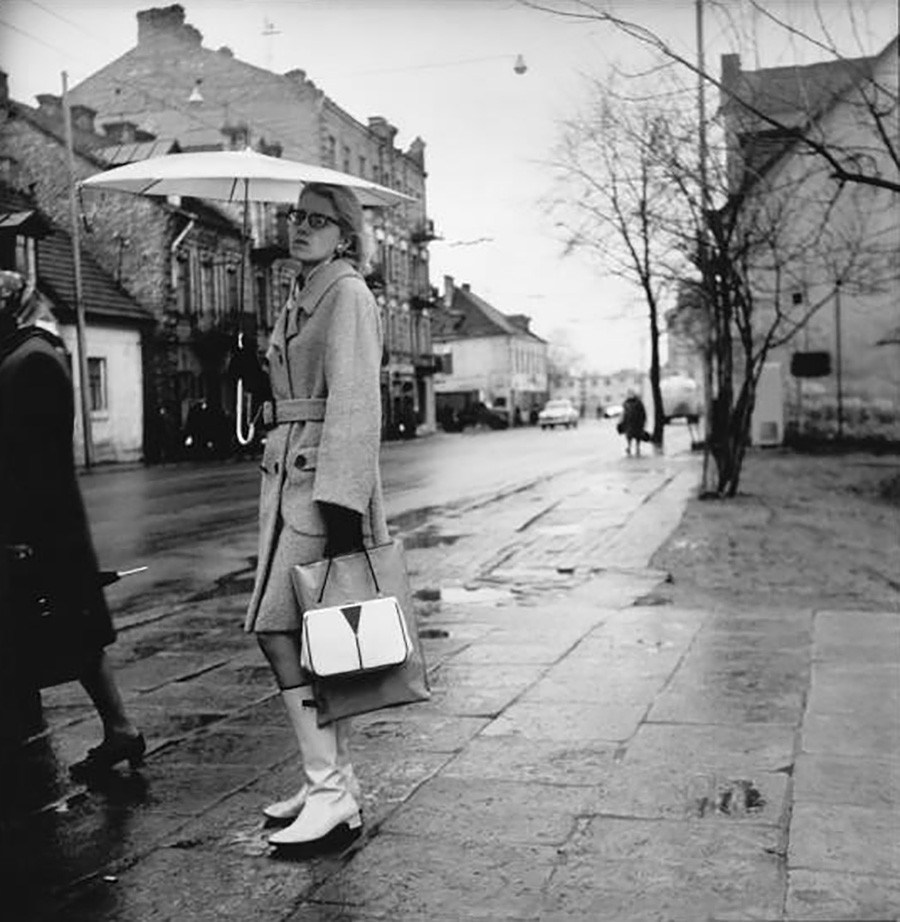
In the streets of Vilnius, 1967.
Antanas Sutkus/МАММ/МDF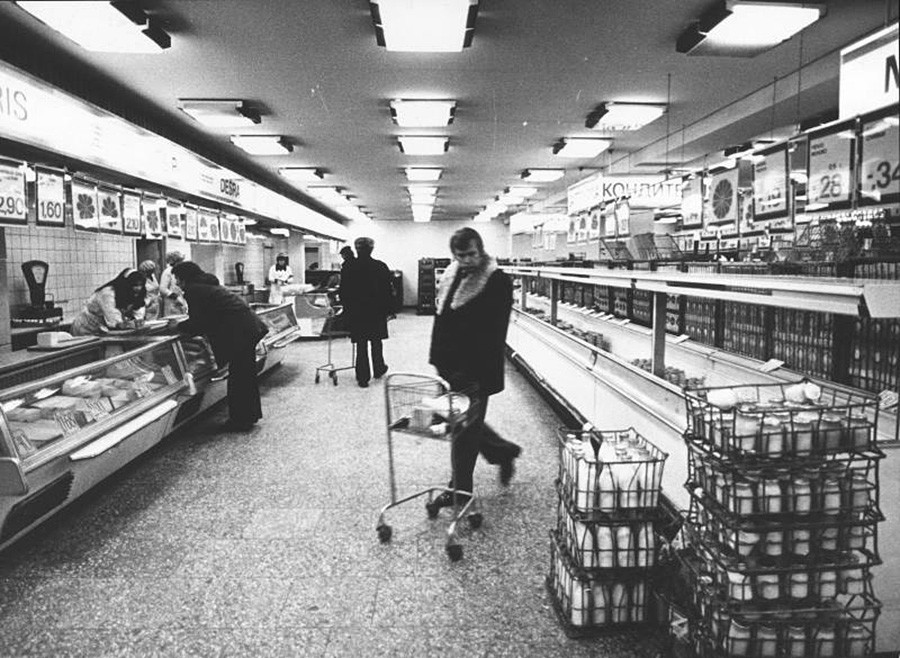
Vilnius, 1981.
Vsevolod Tarasevich/МАММ/МDF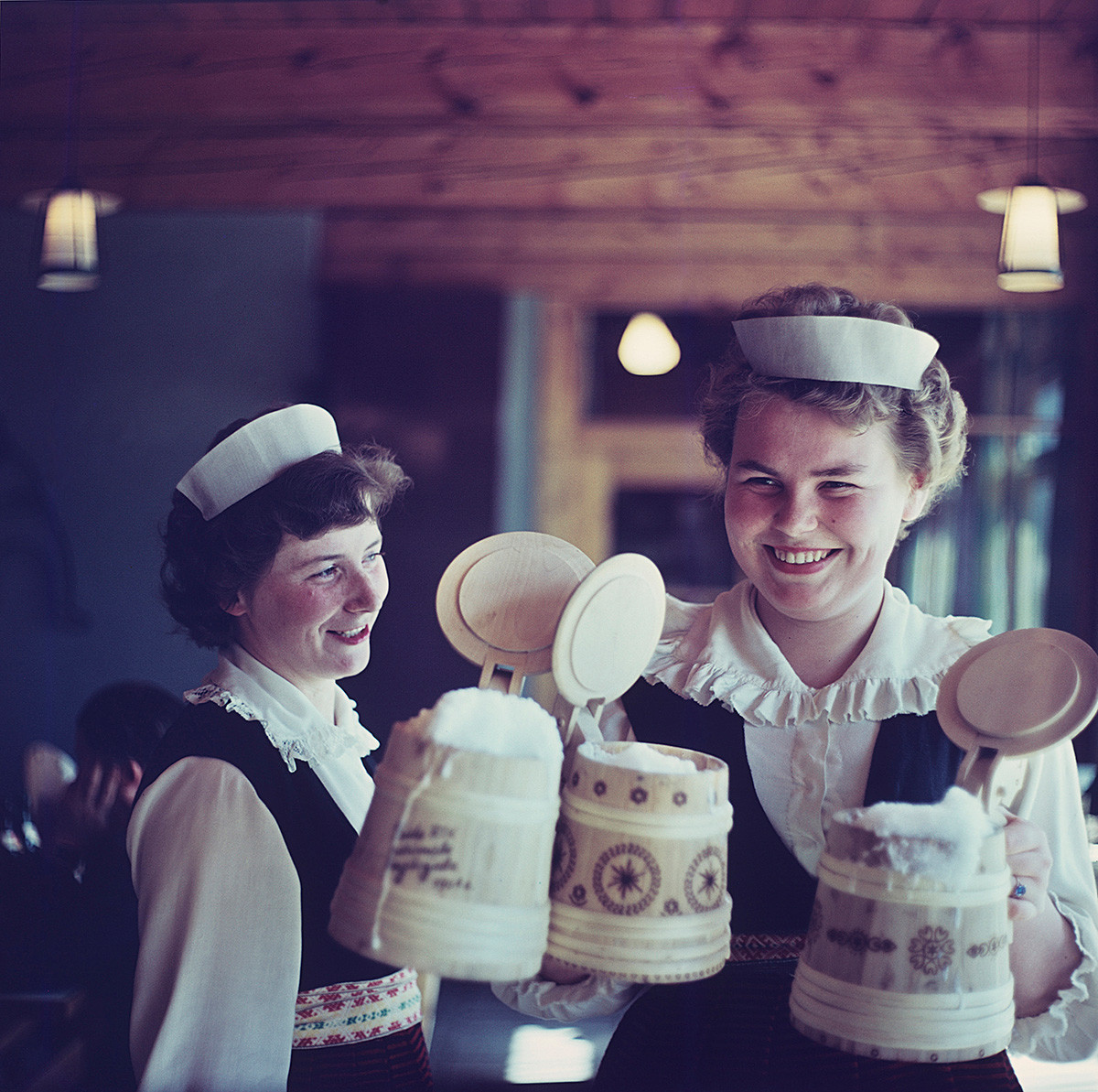
Old Thomas pub in Tallinn, 1968.
S.Migdal/SputnikMillions of people from around the country annually preferred to holiday on Baltic coast and Sea for their health benefits and the best resorts, predominantly found in Latvia’s Jurmala and Lithuania’s Palangi. The Estonian city of Pjarnu even had its own cosmonaut-dedicated health SPA!
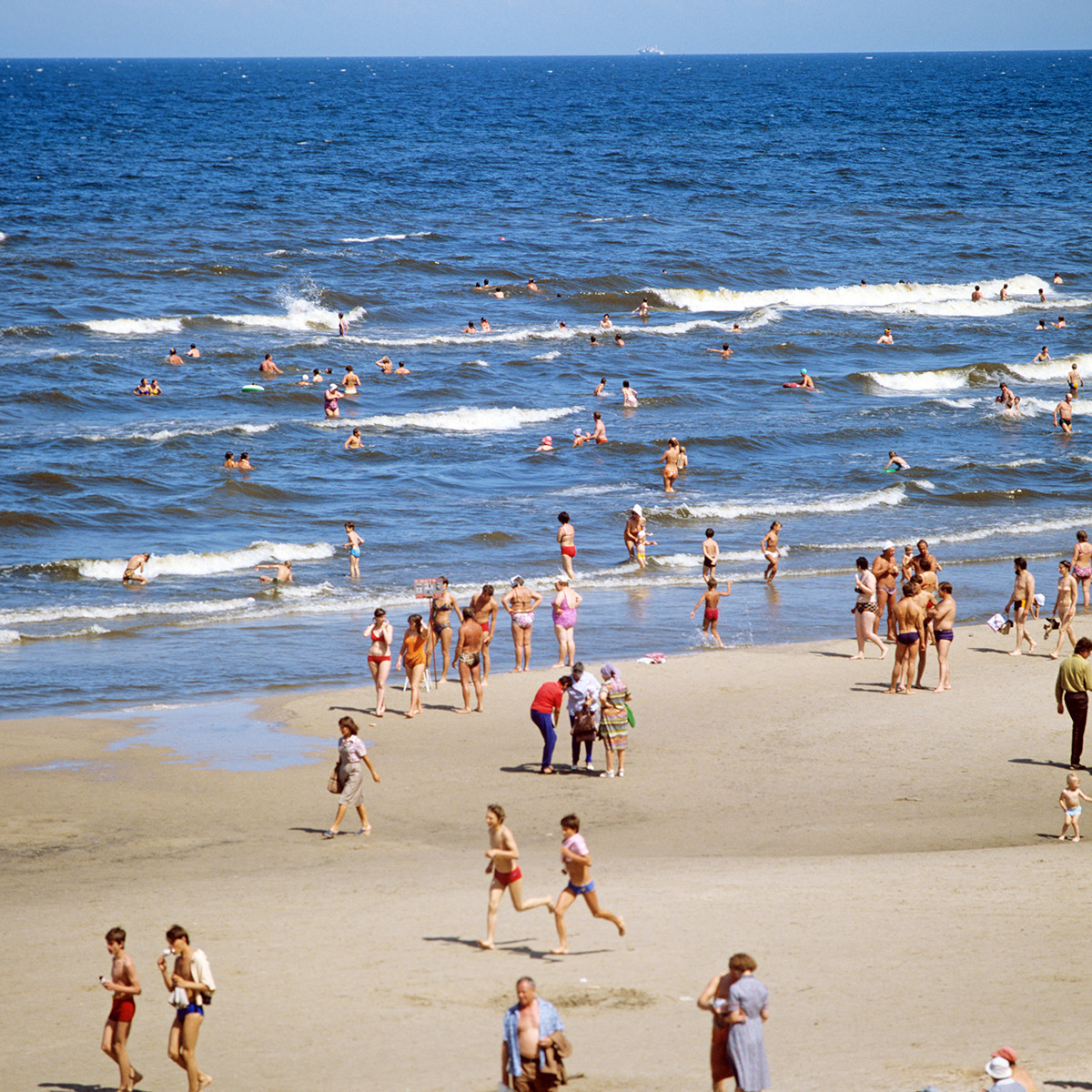
Jurmala, 1984.
Boris Kolesnikov/TASS
Holidaymakers on one of the Jurmala beaches, 1975.
Zhan Graubits, Alexander Ovchinnikov/TASS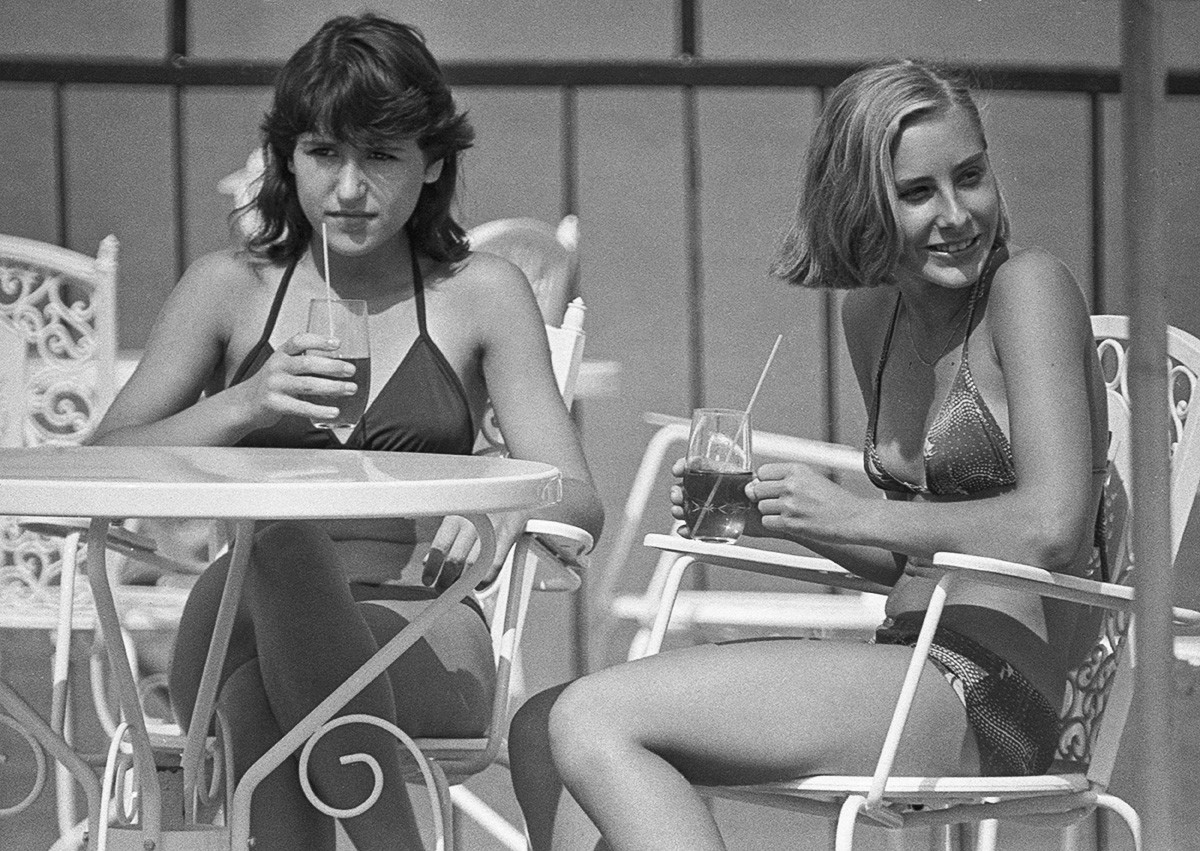
Holidaymakers socialize in the Juras Perle outdoor cafe in Jurmala, 1983.
Imant Predelis/TASS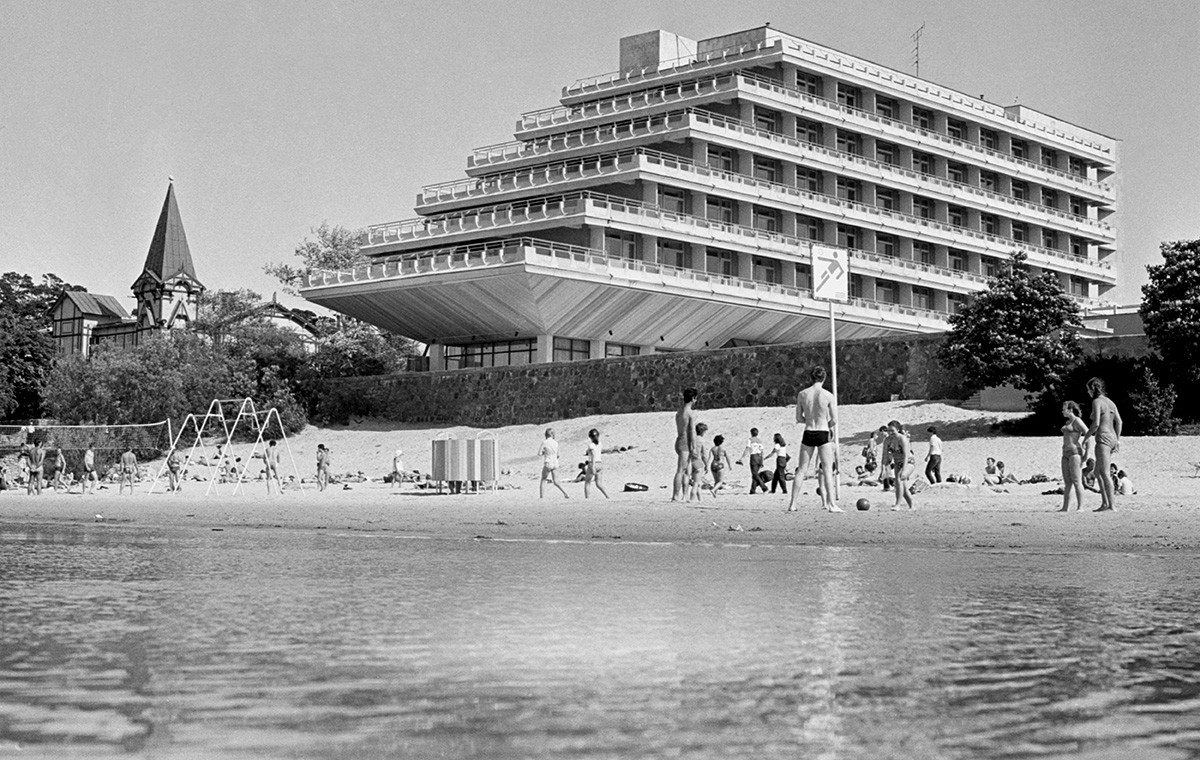
Jurmala, 1983.
Imant Predelis/TASS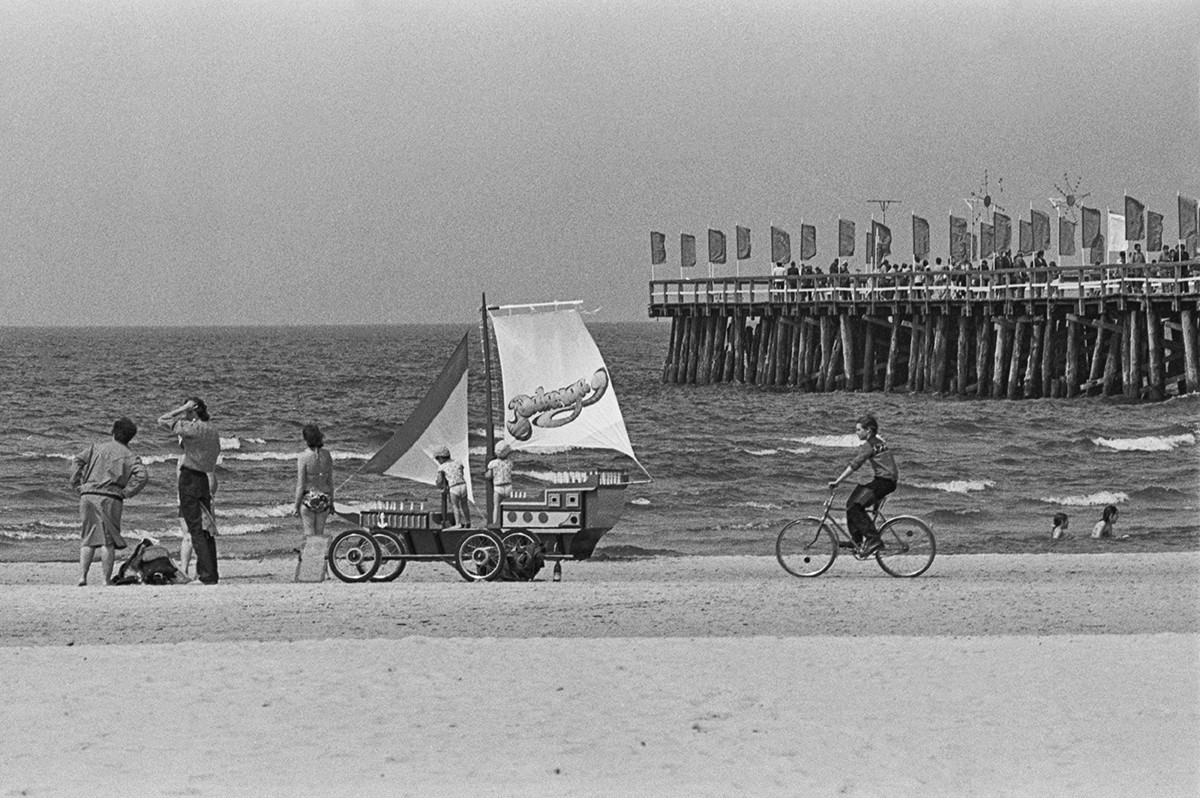
Palanga, 1986.
Algirdas Sabalyauskas,Kyastutis Yankauskas/TASSAs only a small minority of the Soviet population could afford to leave the country on vacation, and the Baltic states had become a sort of symbol of “vacationing abroad” in Europe, referred to in Russian as their very own “zagranitsa” - a noun invented by combining the two words “za granitsey” (“beyond” and “border”). Here, Soviet tourists could sample the wondrous and alien (to them) architectural styles of Germany, Sweden and Lithuania, walk the narrow streets of Riga, Vilnius and Tallinn and visit the republics’ Western-European-style medieval castles.
If the need ever arose to show what life abroad looked like in Soviet movies, that’s where the directors went to film it. The Soviet Sherlock Holmes’ famous apartment on London’s Baker Street was actually filmed in Riga.

Riga in 1980s.
МАММ/МDF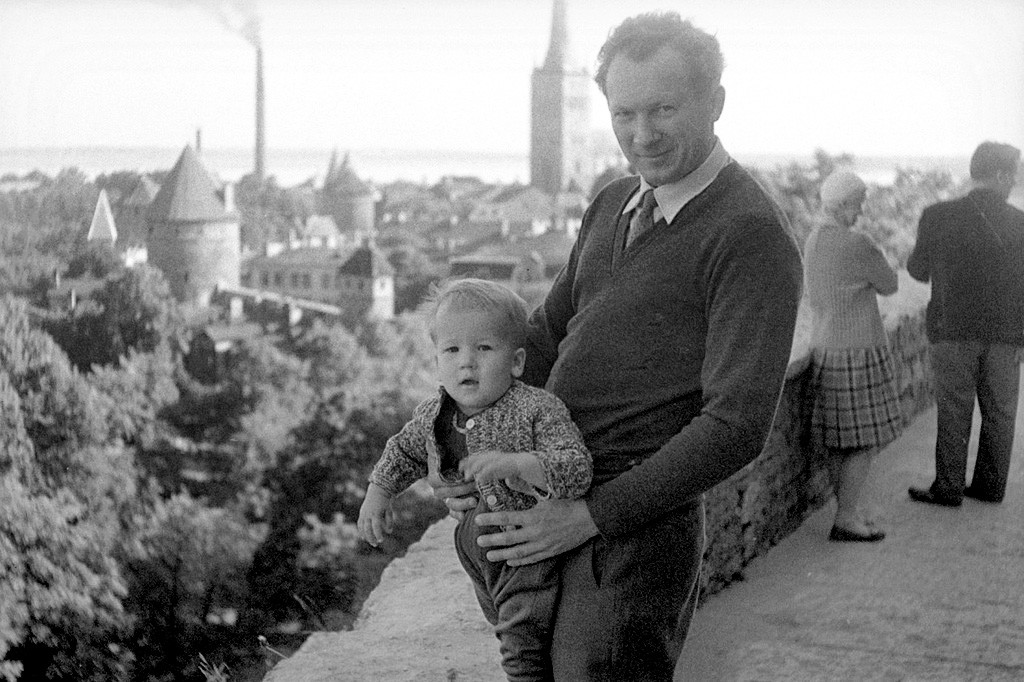
Tallinn in 1964.
Vladimir Karlov's archive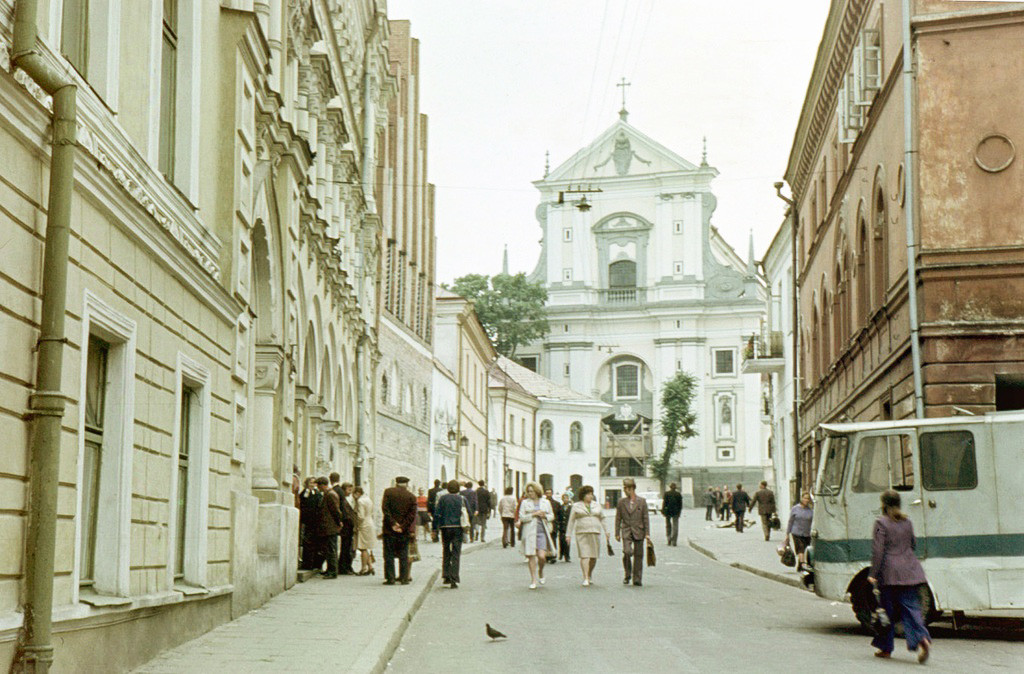
Church of St. Theresa in Vilnius, 1970s.
Vladimir Karlov's archive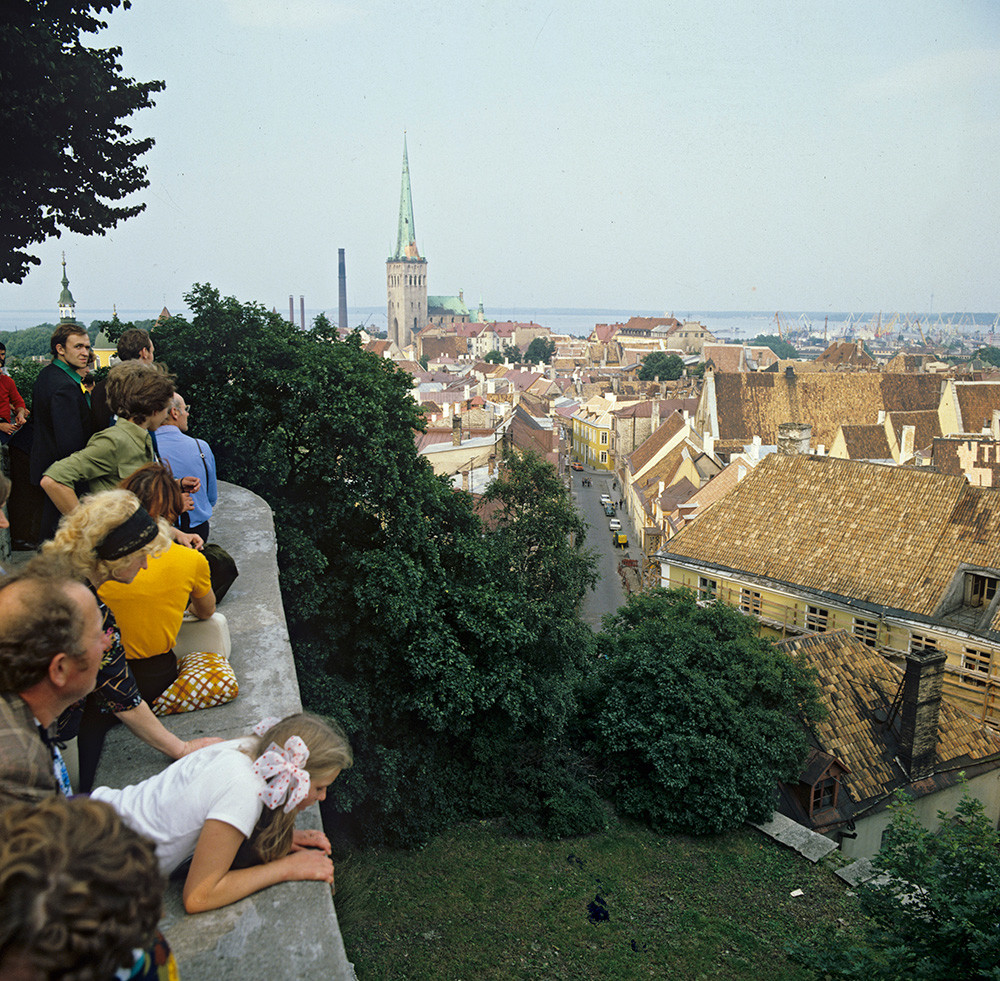
View of Old Town of Tallinn from observation point, 1979.
Vladimir Perventsev/Sputnik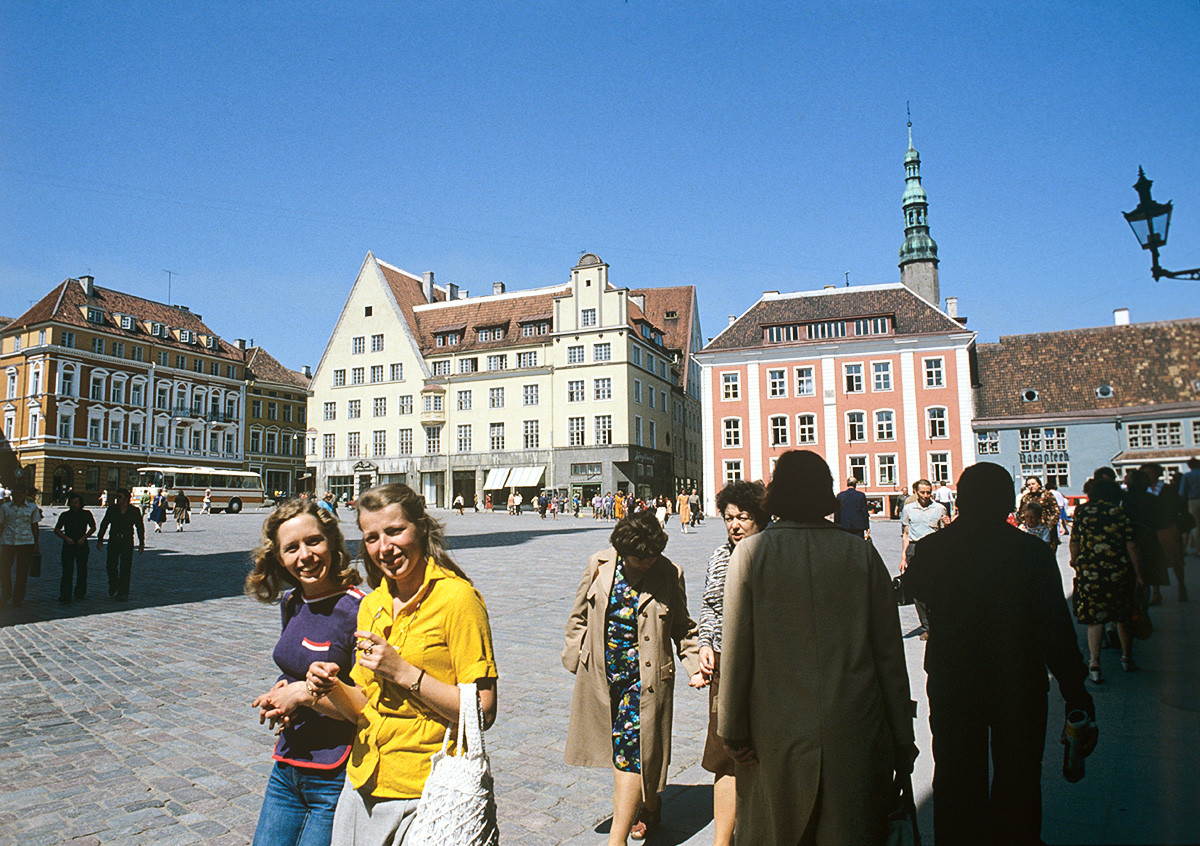
The Town Hall Square in Tallinn, 1983.
Alexey Fedoseev/Sputnik
Trakai Island Castle, 1983.
Boris Kavashkin/TASS
Trakai Island Castle, 1960s.
Viktor Gorkin/МАММ/МDFIn Soviet times, the Baltics turned into one of the country’s largest industrial centers, with some factories and fabrics outperforming other regions to achieve the Soviet Union’s number one status. For instance, Riga’s State Electrotechnical Factory (VEF) at one point supplied the whole country with electronics, while the glass making factory in Livany was among the largest in all of the USSR.
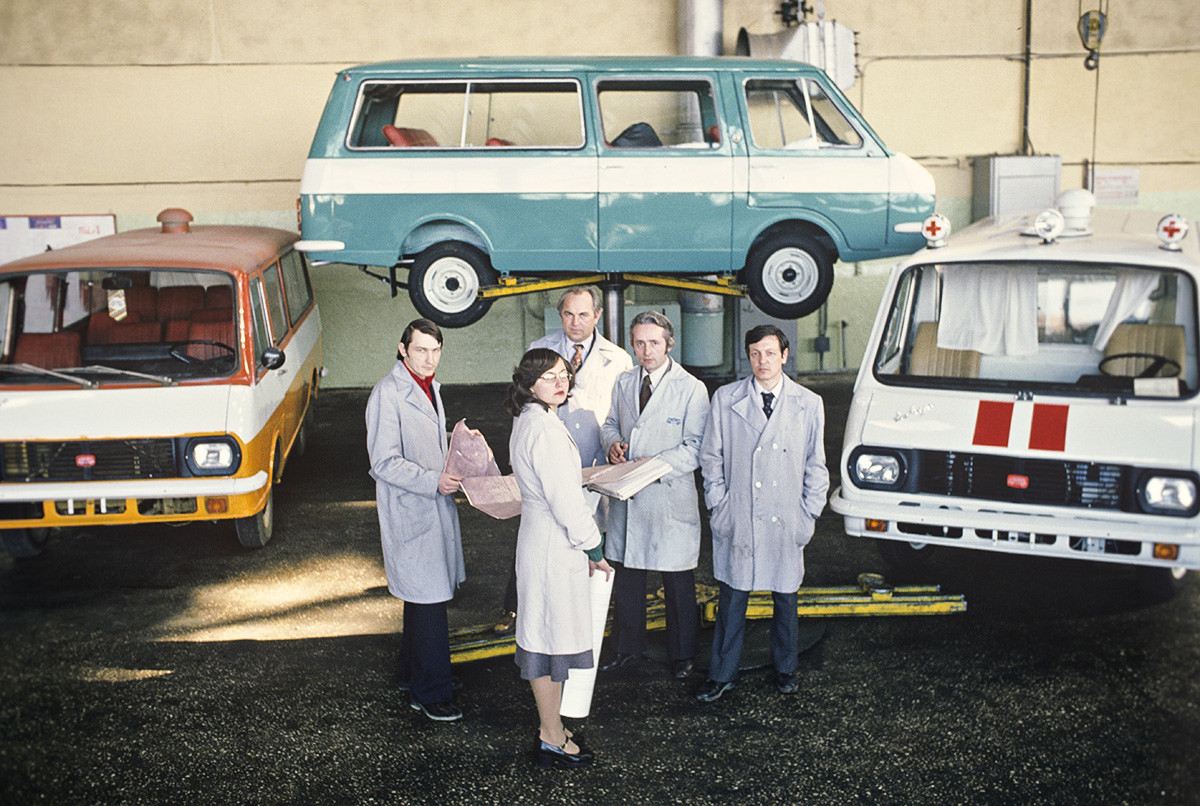
A group of leading designers of the Riga Autobus Factory (RAF), who participated in manufacturing cars for the 1980 Olympics.
Vladimir Bogatyrev/Sputnik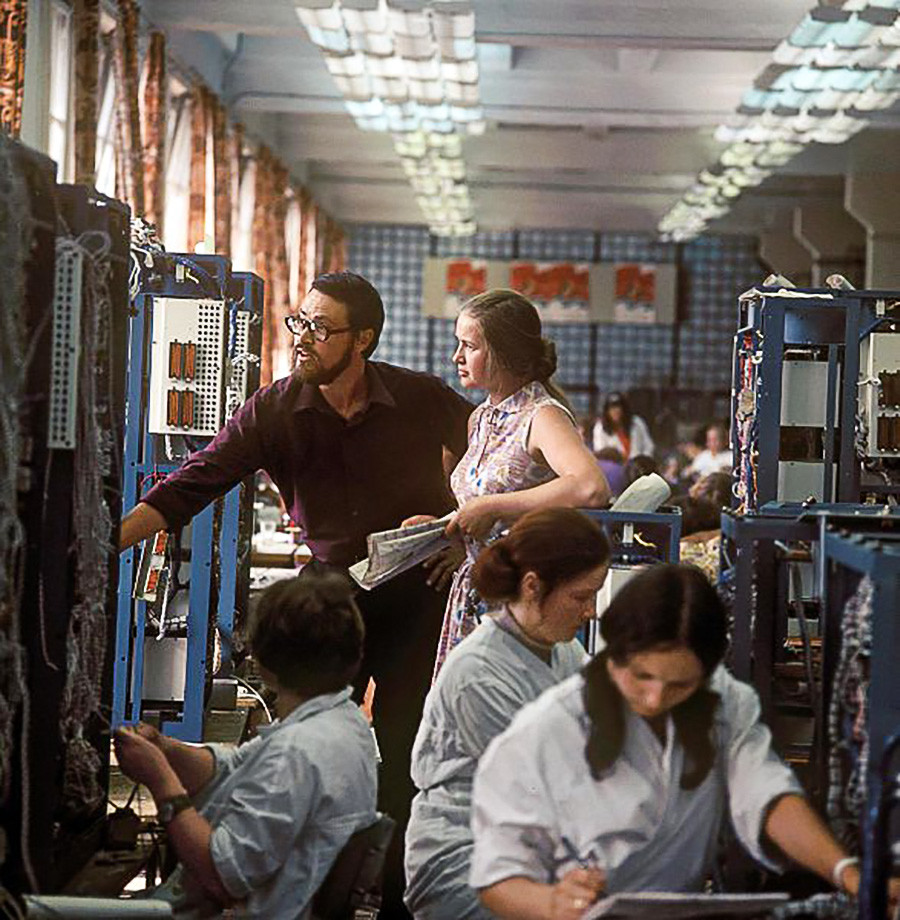
Lenin Vilnius Computer Factory, 1973.
Nikita Kozlovsky/MAMM/MDF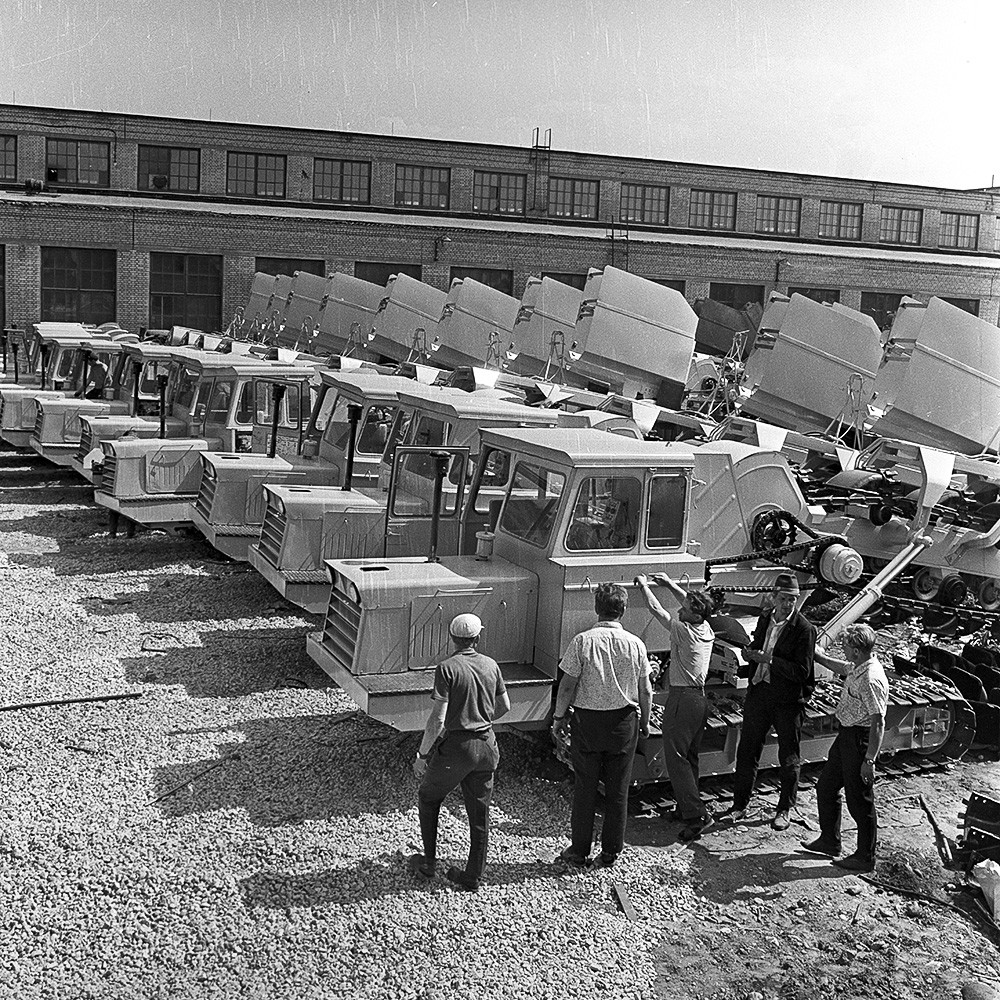
Trench pipe layers in the finished product area of the Tallinn Excavator Plant, the Estonian SSR. 1969.
A. Varfolomeev/Sputnik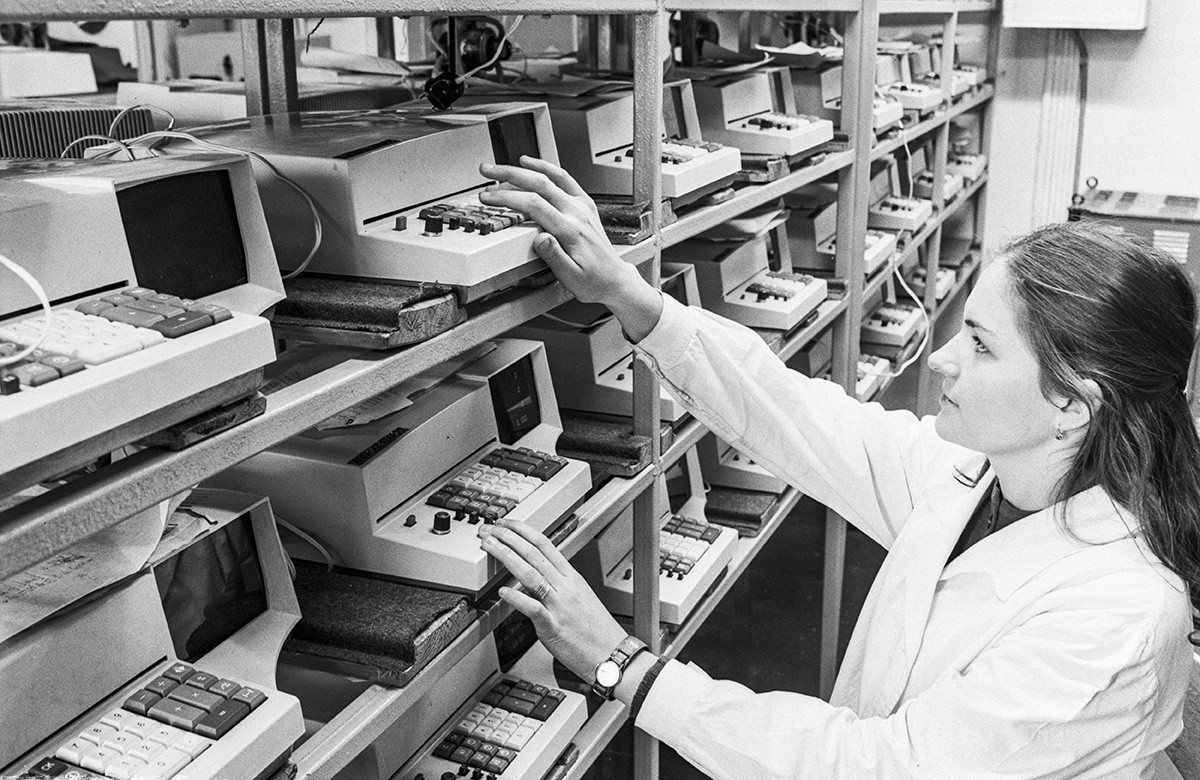
Vilnius Plant of Electrical Instrumentation, 1978.
Marionas Baranauskas/TASS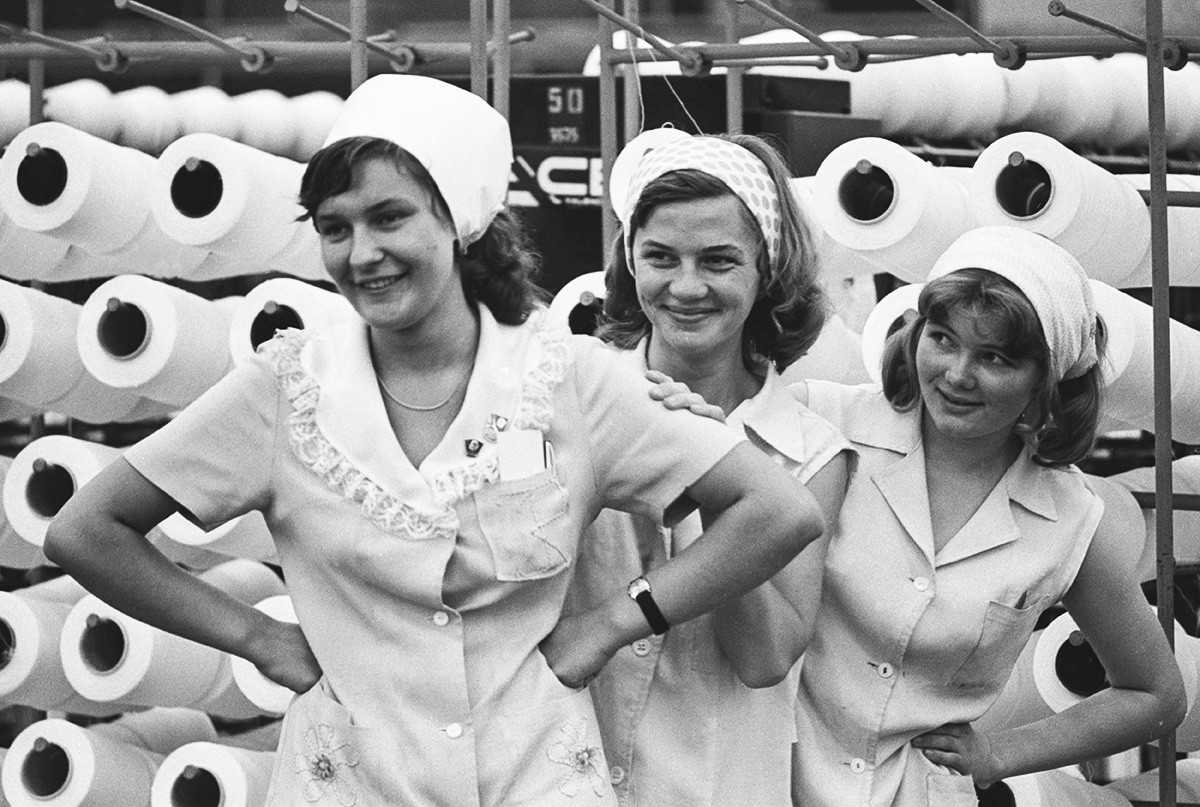
Advanced shop workers of bulk yarn in Kaunas artificial fiber plant, 1977.
Boris Kavashkin, Algis Palenis/TASSIt was actually the Baltic ports - and not Leningrad or Kaliningrad - that were considered the USSR’s gateways to Europe. They handled the bulk of the shipments of Soviet goods. They even launched some lucky Soviets on their first cruise voyages to the Baltic, North and even Mediterranean Seas.

Artists doing sketches in Riga port, 1976.
Solovjev/Sputnik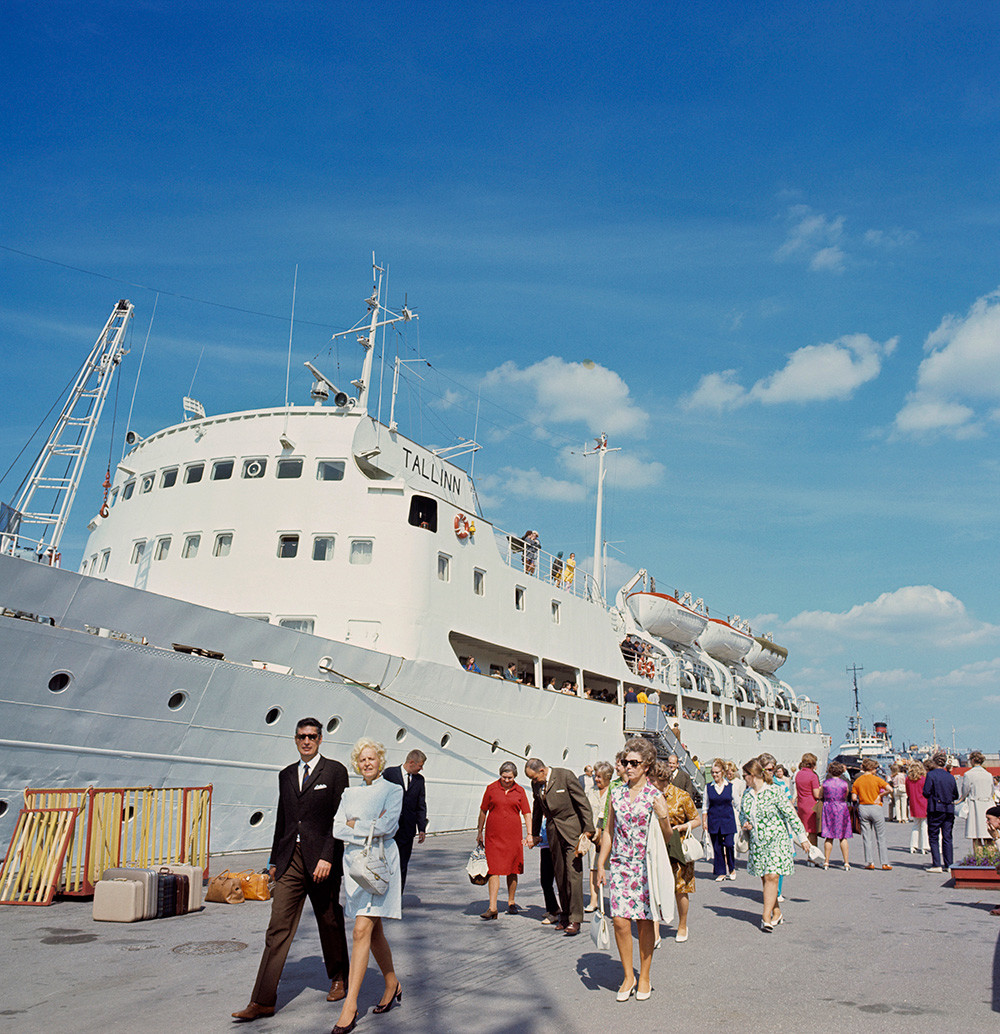
The berth of the passenger port in Tallinn, 1970.
Alexander Makarov/Sputnik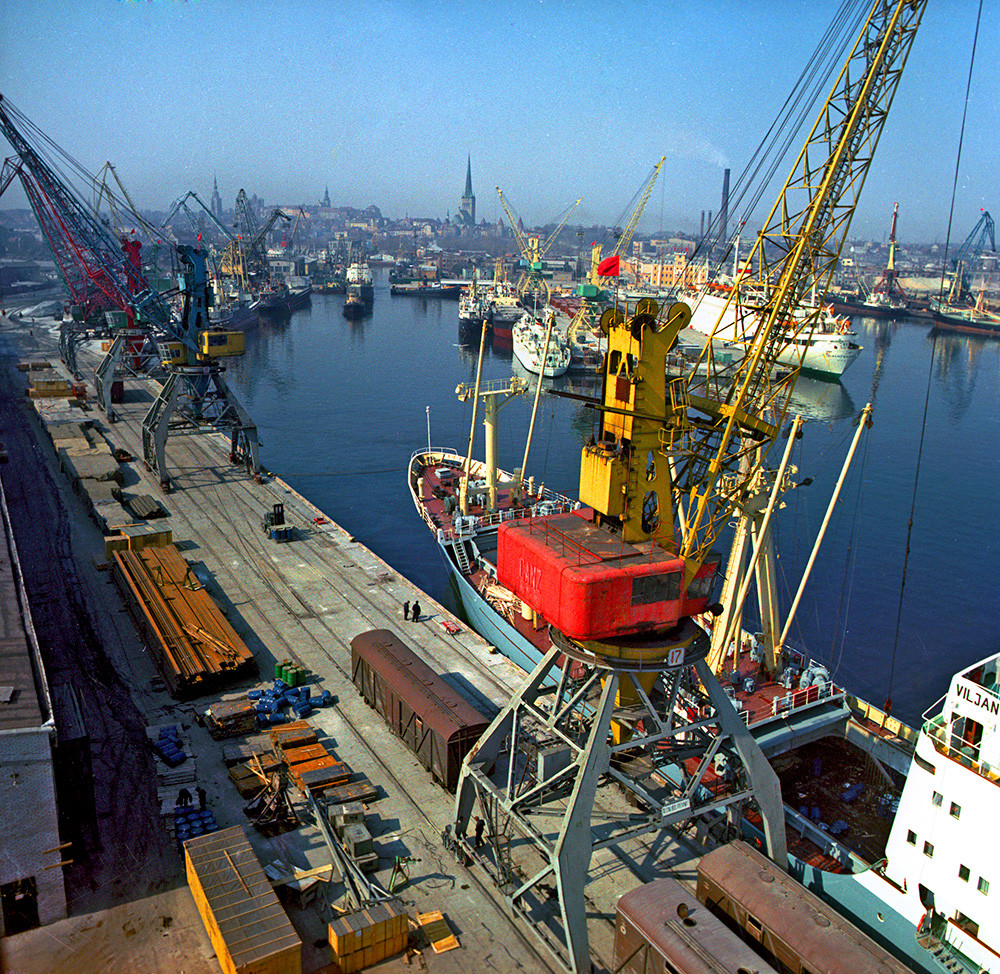
Sea terminal in Tallinn, 1973.
Salmre/Sputnik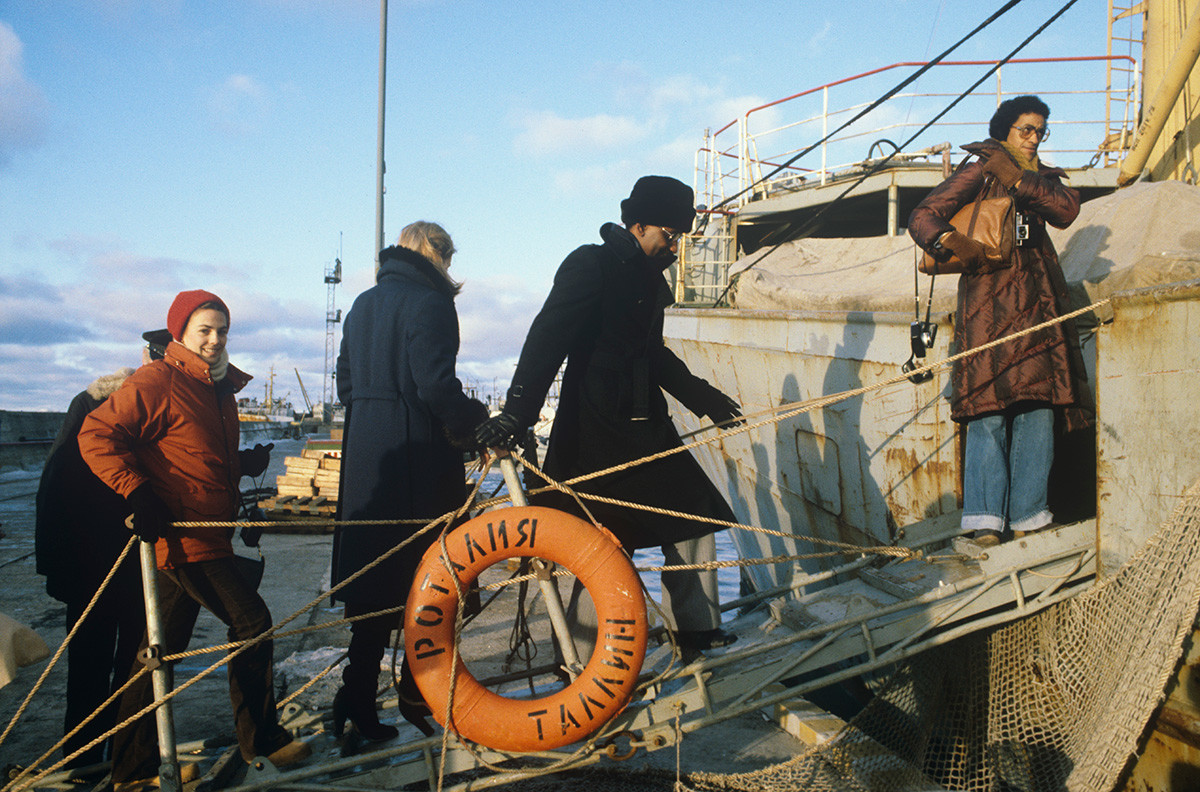
Tallinn commercial seaport, 1979.
Yuri Abramochkin/SputnikThe mythology of the Baltic peoples, the classical literature of Latvia, Lithuania and Estonia, and, of course, the “ideologically sound” works of Soviet-Baltic authors were often translated into Russian, with hundreds of thousands printed and distributed across the nation’s bookstores and libraries, from Kaliningrad all the way to the eastern tip of Vladivostok.
Lavish celebrations and grand songs, involving thousands of performers, dressed in national costumes, were a tradition in these republics since the 1900s. And they remained that way during the Soviet period. Moreover, the government would spare no expense in constructing massive stages and performance venues for the purpose. The one caveat was that they would often be held in honor of some communist-themed holiday, such as Vladimir Lenin’s birthday or the anniversary of the Russian Revolution.
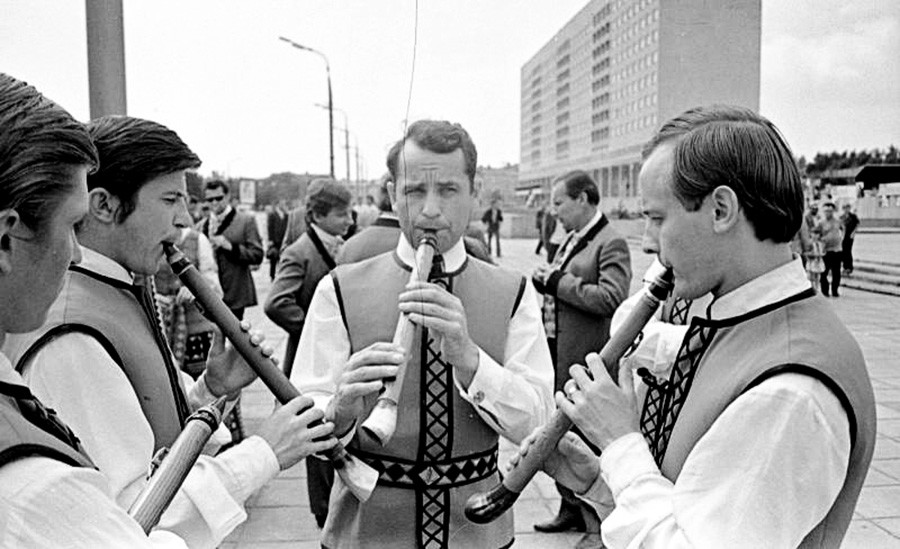
A Lithuanian "Lietuva" song and dance ensemble, 1974.
Yuri Sadovnikov/МАММ/МDF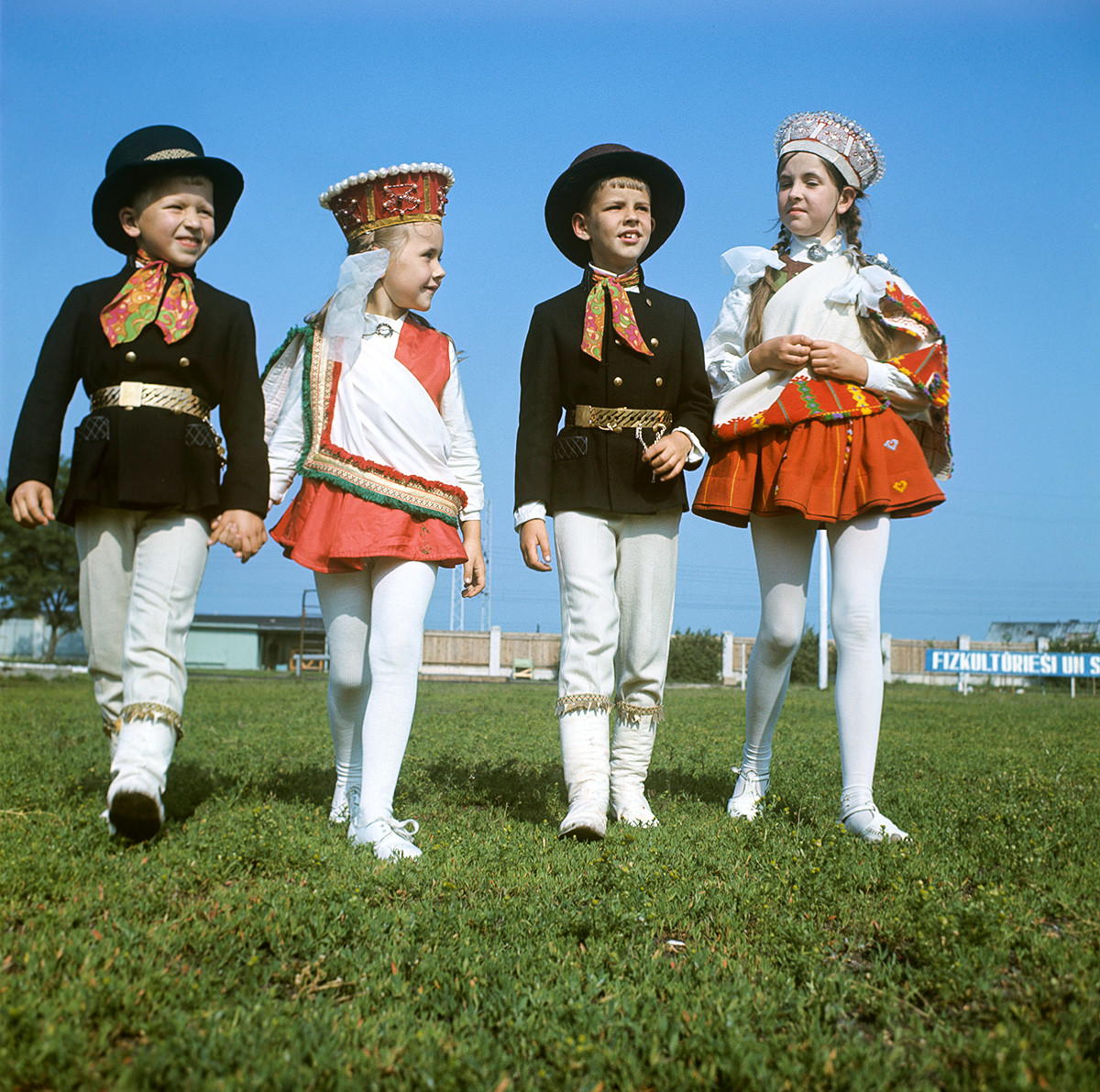
Celebrators of the Song and Dance Festival in Riga, 1970.
Tikhonov/Sputnik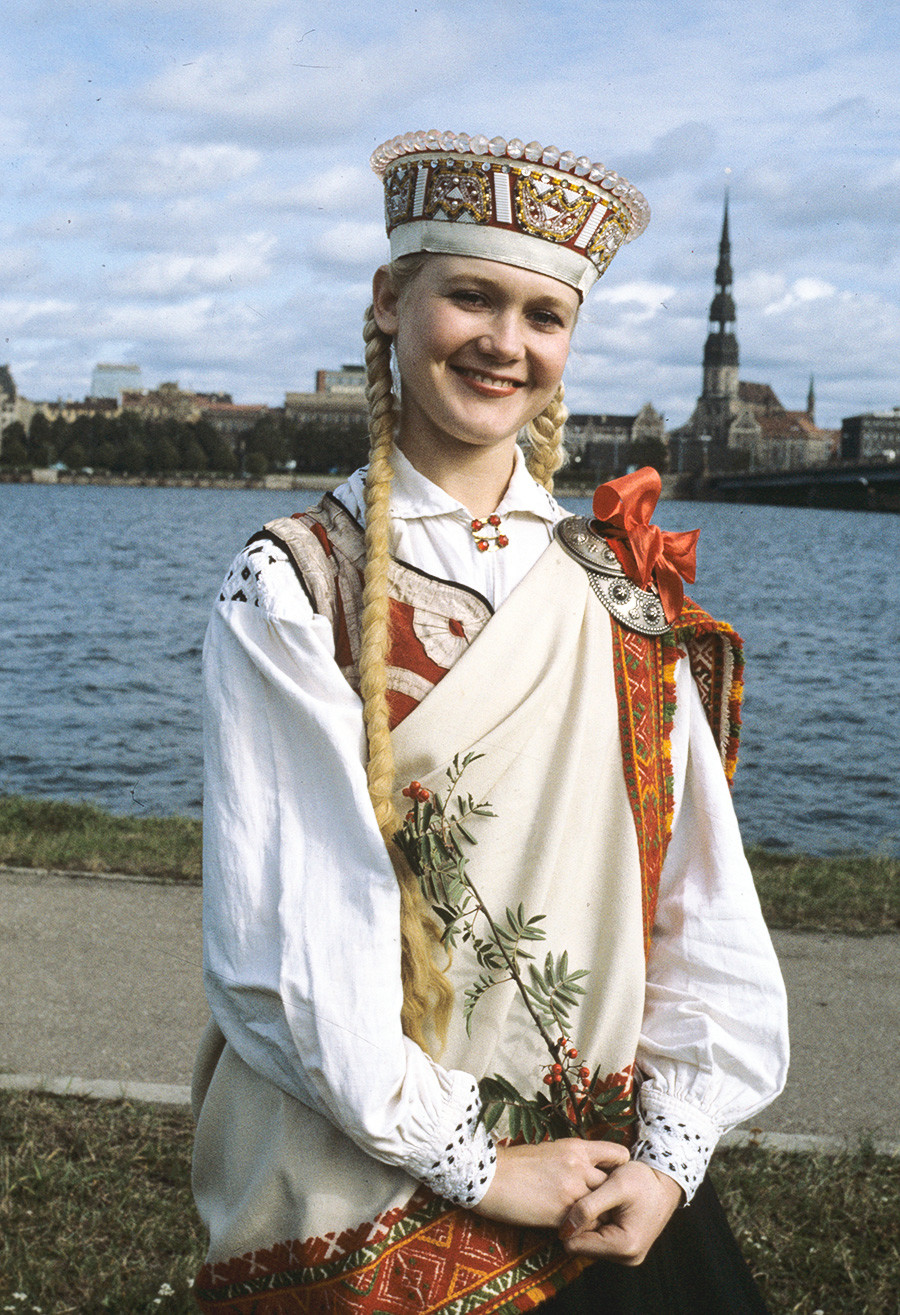
A girl in a Latvian national costume on the Riga waterfront, 1983.
Yan Tikhonov/Sputnik
A joint women's choir performing at the Song Festival in Tallinn, 1969.
A. Varfolomeev/Sputnik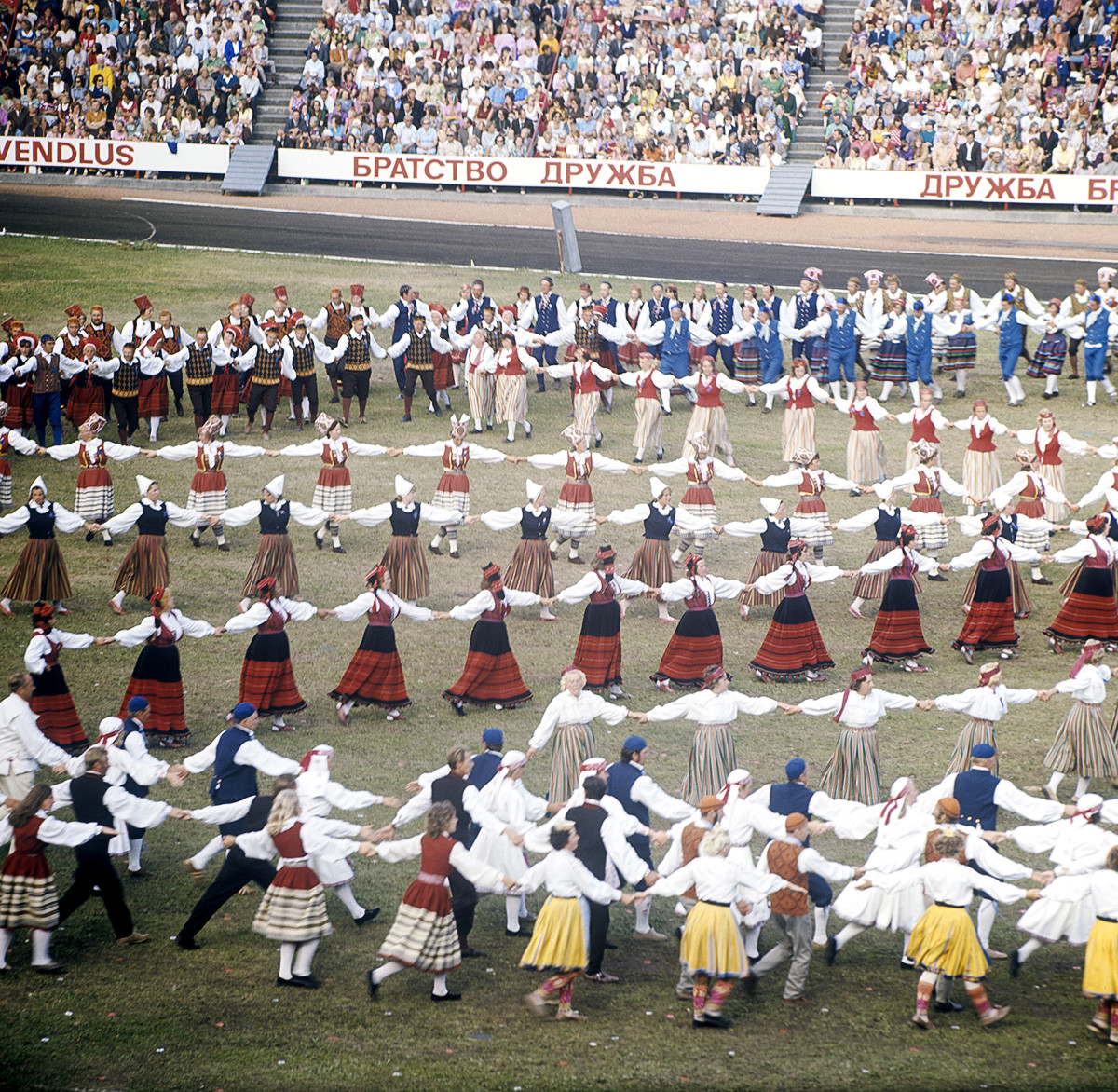
Republican Song and Dance Festival in Tallinn, 1976.
Oleg Makarov/Sputnik
A Vilnius University Song and Dance Ensemble, 1974.
T.Zhebrauskas, Viktor Sadchikov/TASSIn keeping with the rest of the country, the Baltic states would be littered with blocky, uniform-looking apartment buildings. Nevertheless, there were real masterpieces of Soviet architecture appearing as well, and they didn’t ruin the medieval look of these cities. In fact, they often added to and harmonized with them. That’s how one of “Stalin’s highrises” (“vysotka”) - the Latvian Academy of Sciences - became one of the symbols of Riga. The building received cultural heritage status from the Council of Europe in 2003, as a monument to 20th century architecture.

Ironworkers, students of vocational school No. 13 in Riga, 1975.
Petrukhin/Sputnik
Gediminas' Tower in Vilnius, 1980s.
Alexander Abaza/MAMM/MDF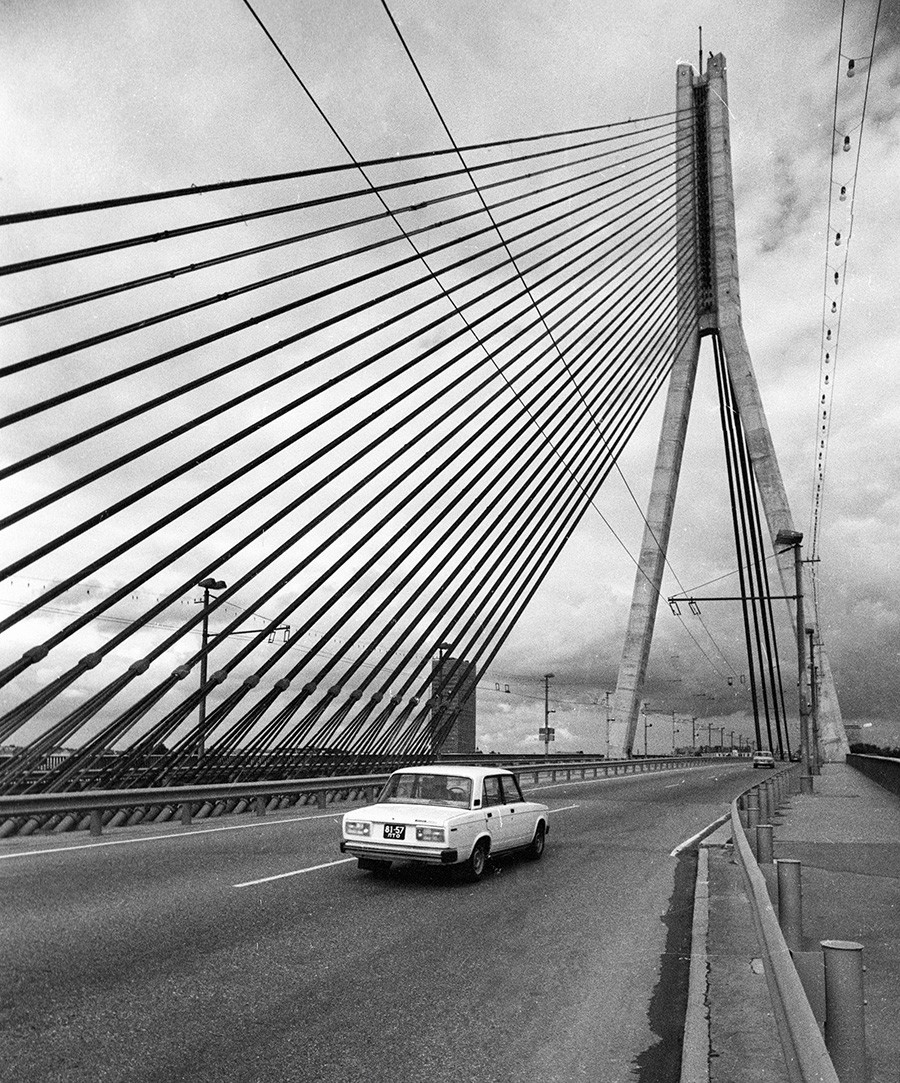
A cable bridge across the river Daugava in Riga, 1984.
V. Kryukov/Sputnik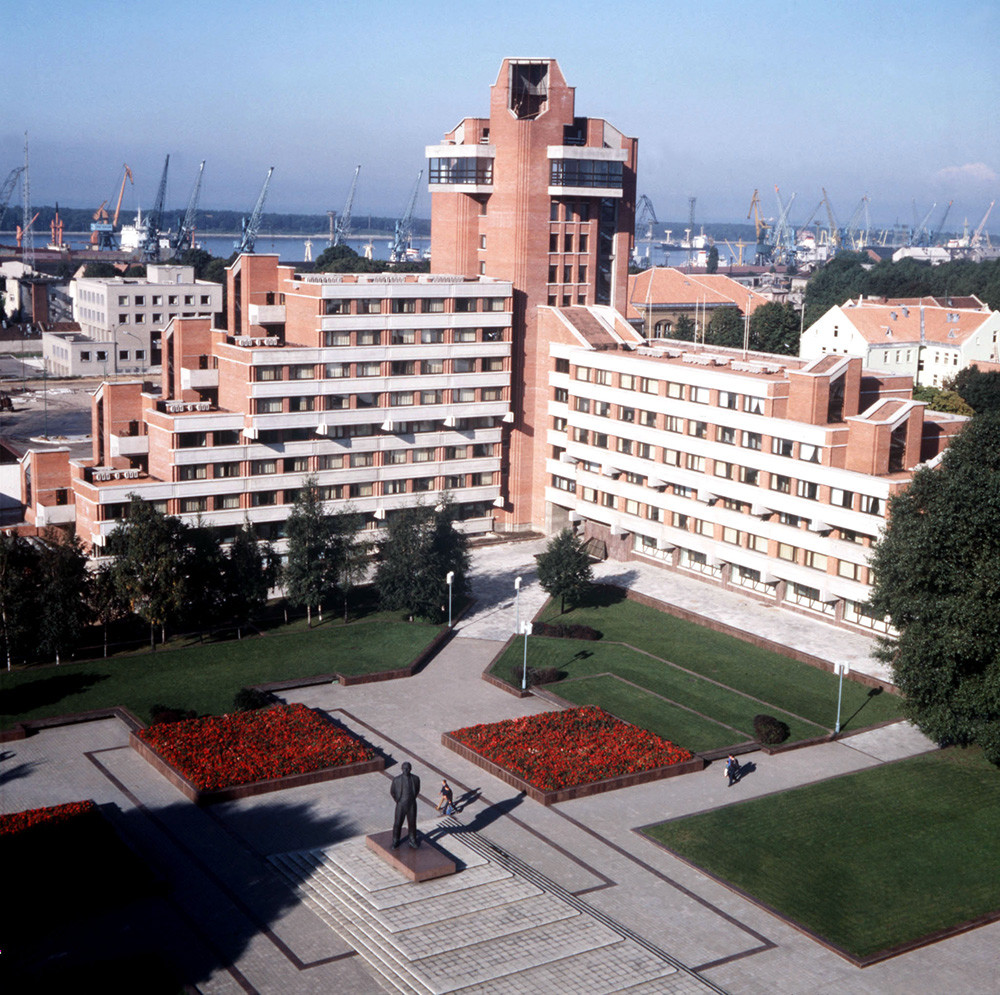
Hotel "Klaipeda", 1985.
Boris Kavashkin/TASS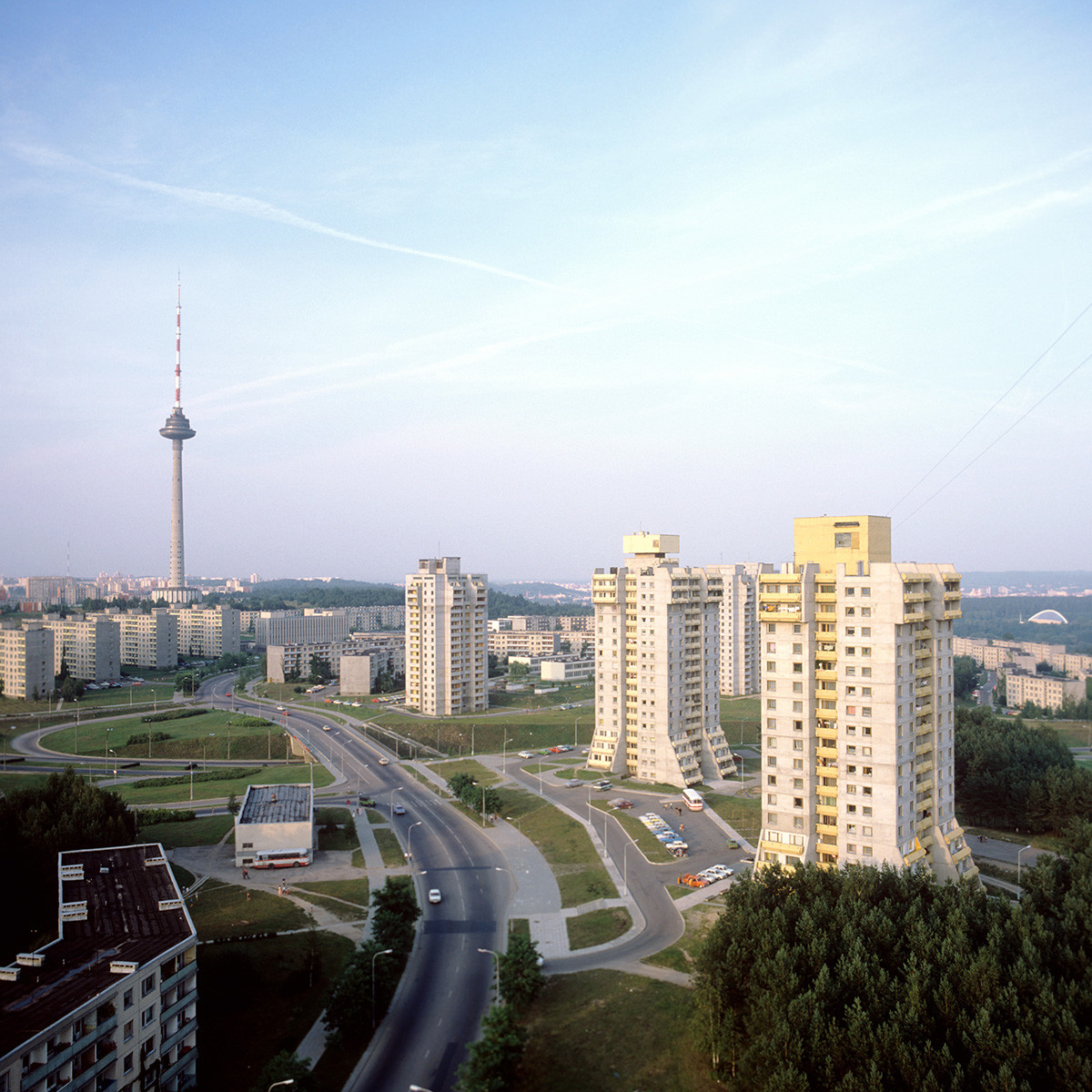
Lazdynai eldership in Vilnius, 1985.
Boris Kavashkin/TASS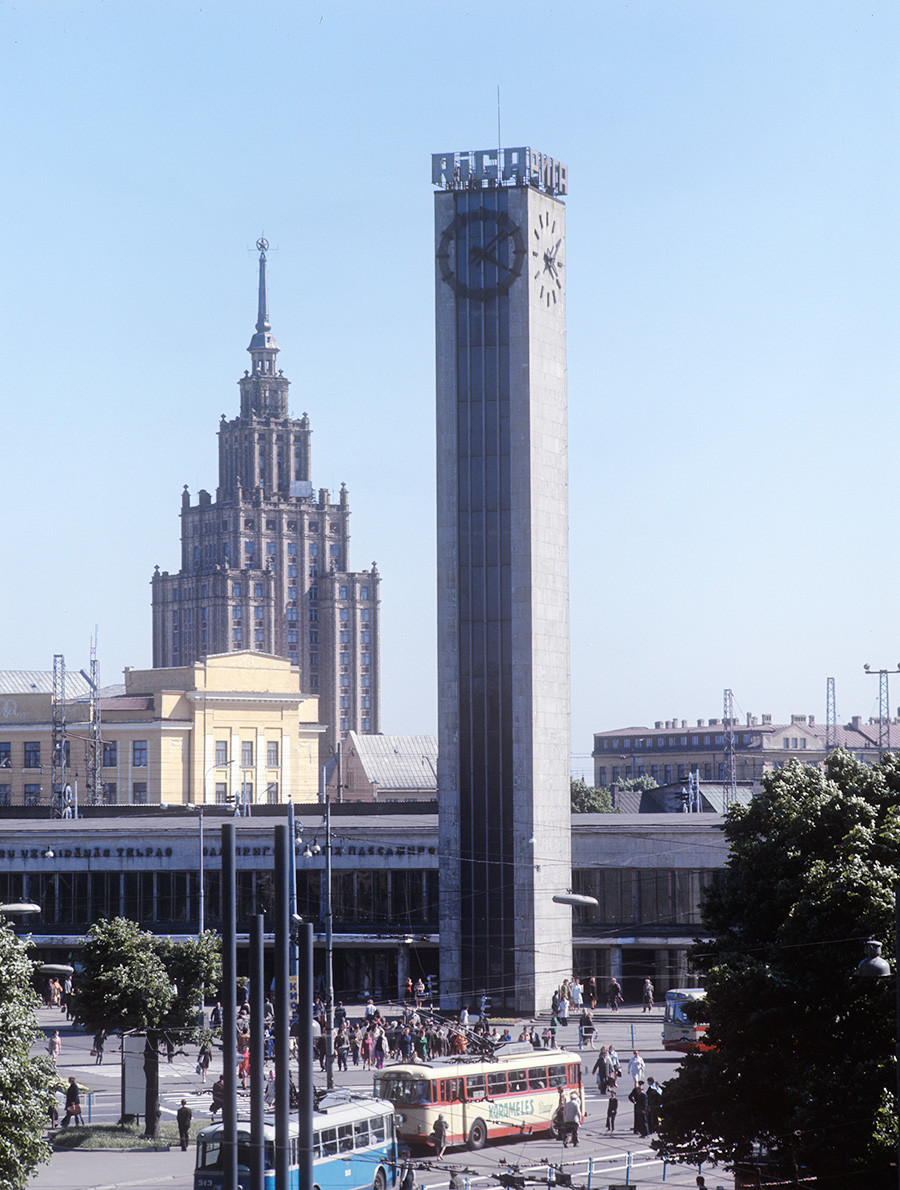
A view of the station square in Riga, 1975.
Yuri Zhiltukhin/TASS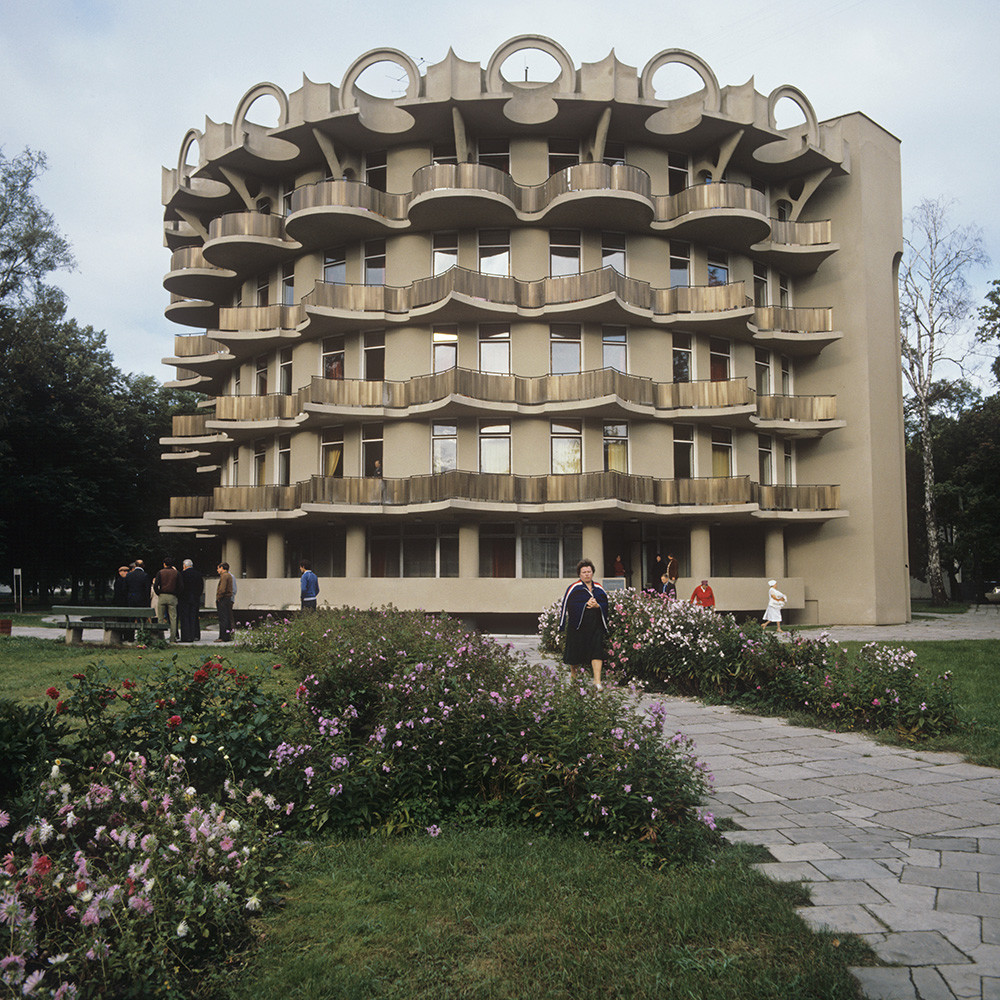
A Lithuanian spa resort "Pusynas" in Druskininkai.
Vladimir Gulevich/TASS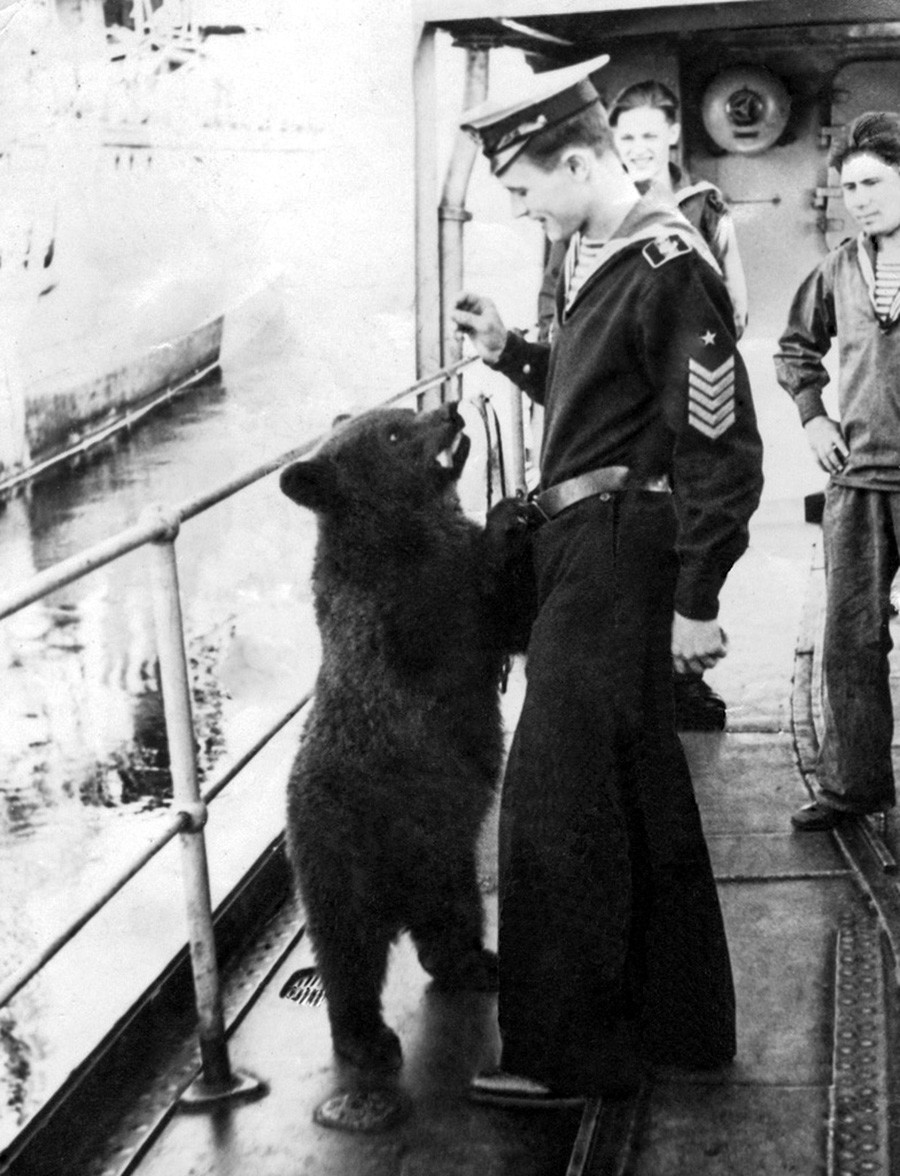
Port of Tallinn, 1948.
Vadim Bun'kin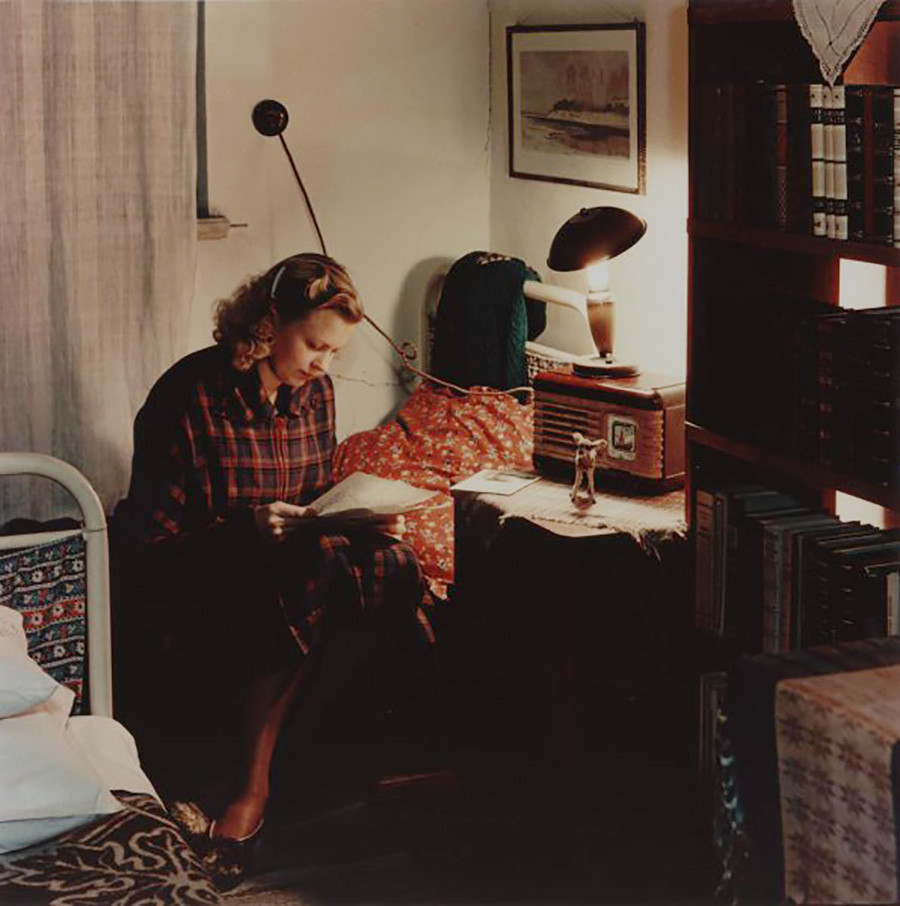
At the University of Tartu, 1960s.
Vsevolod Tarasevich/МАММ/МDF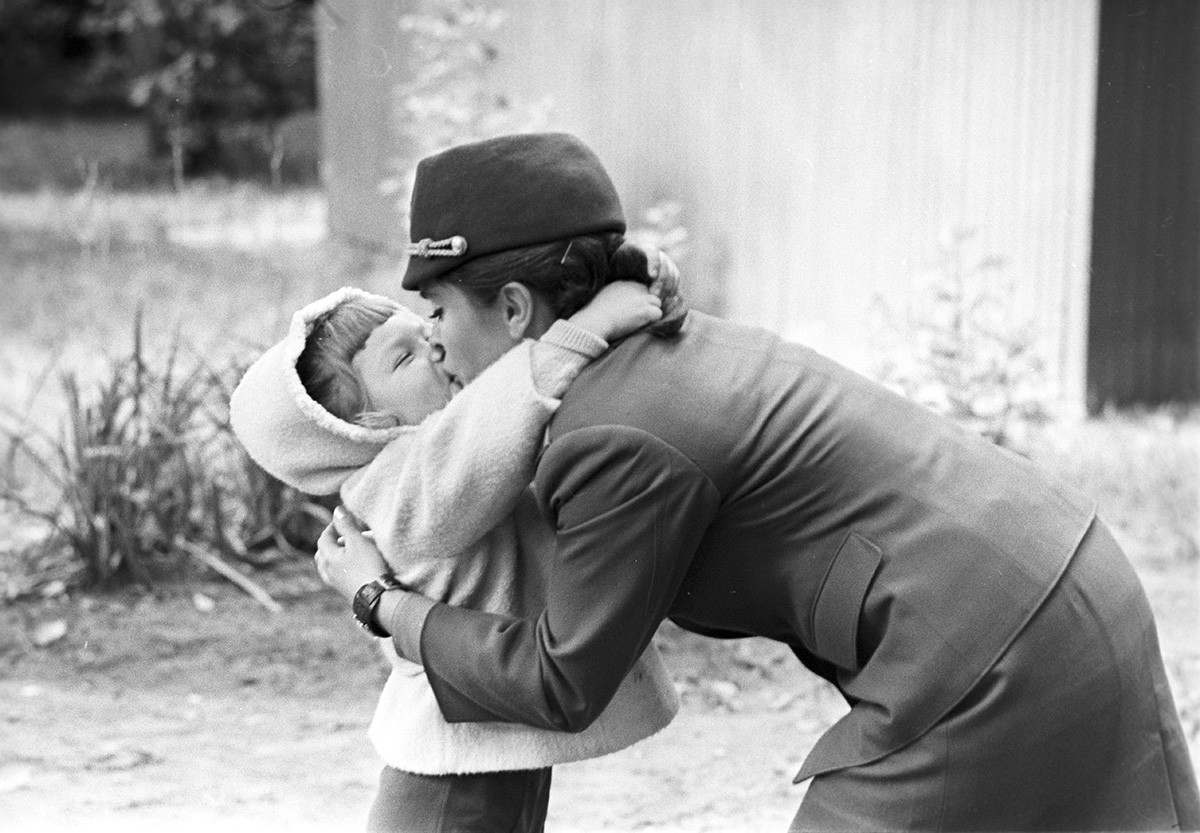
Traffic inspector Era Kuznetsova and daughter, Riga, 1973.
Ozersky/Sputnik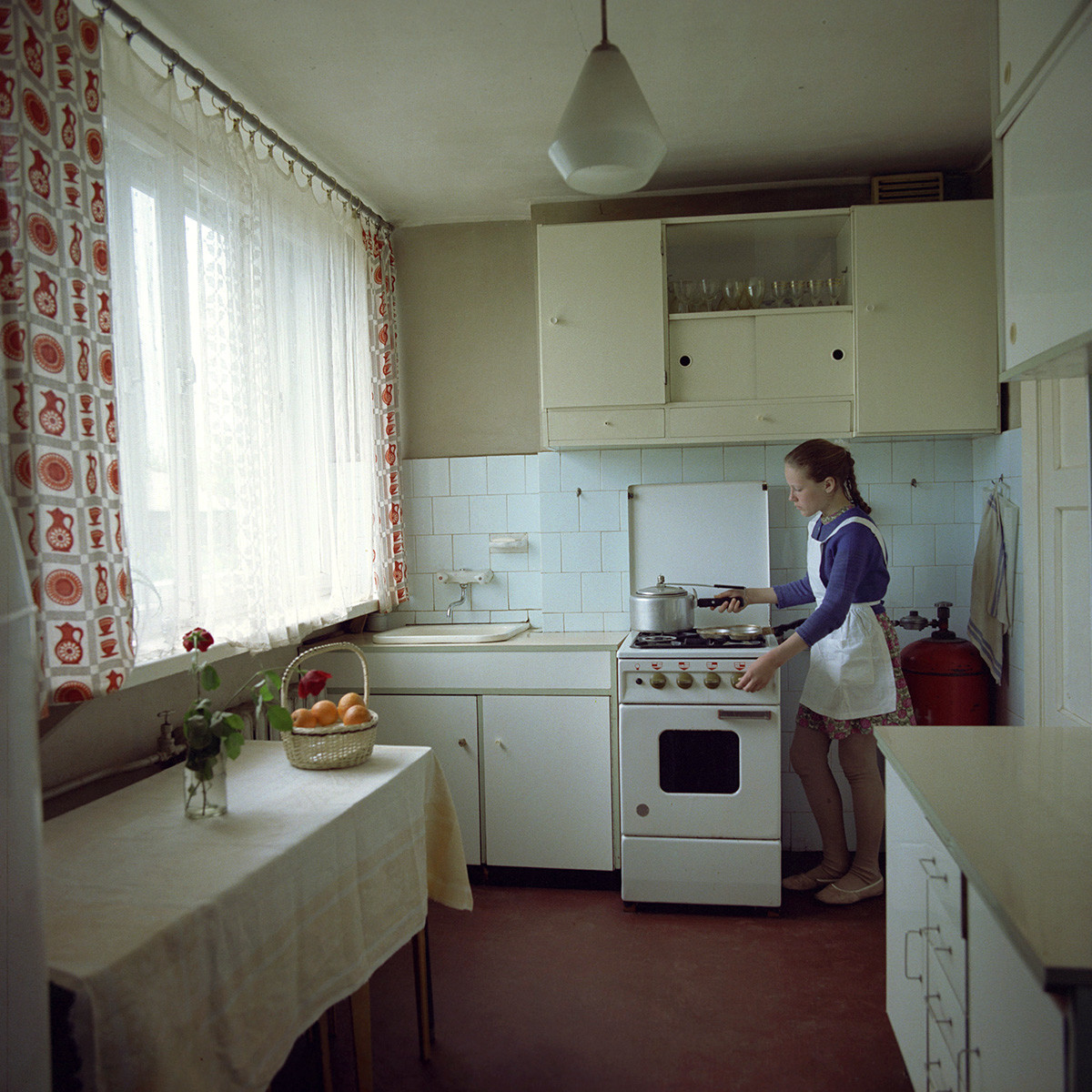
A kitchen in Soviet Riga, 1974.
Yan Tikhonov/Sputnik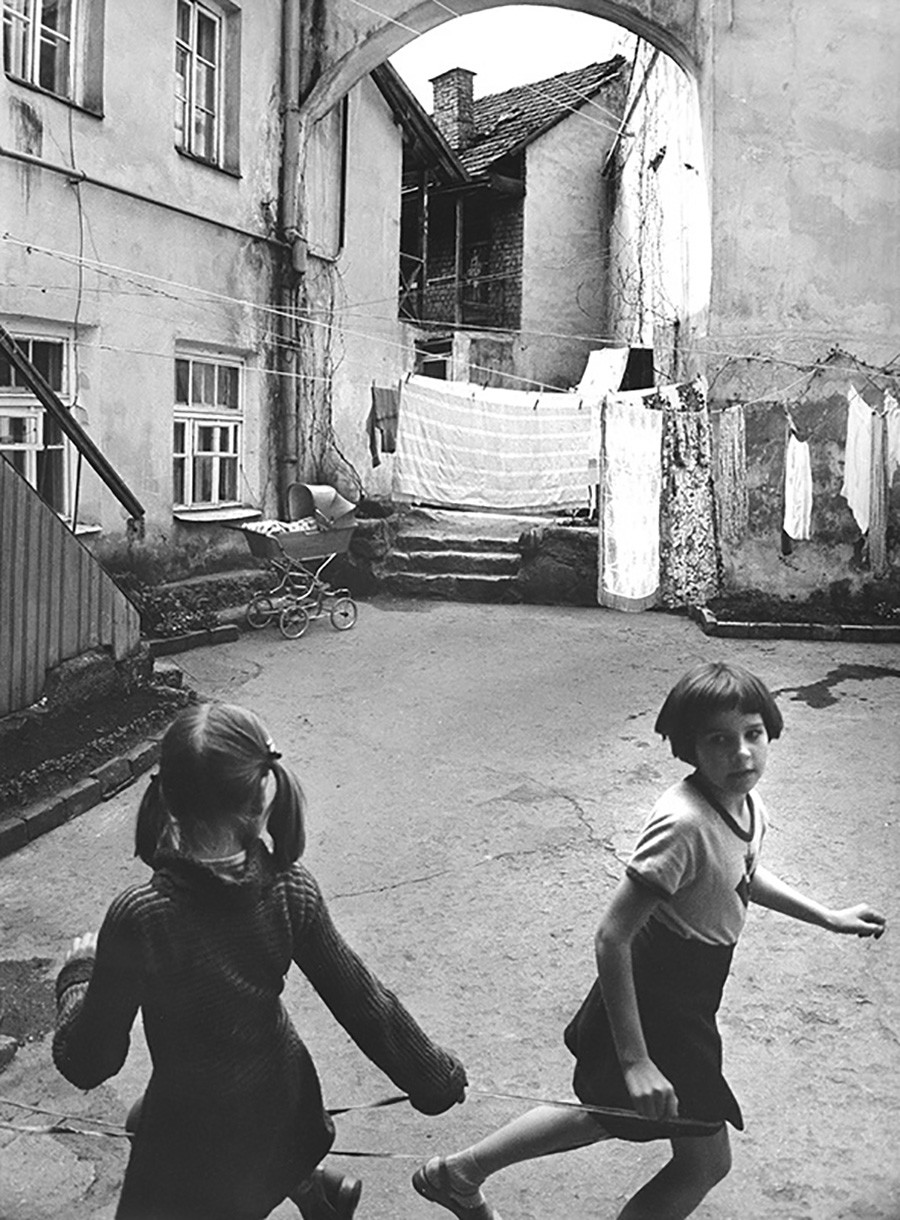
Girls in Vilnius, 1980s.
Mikhail Dashevsky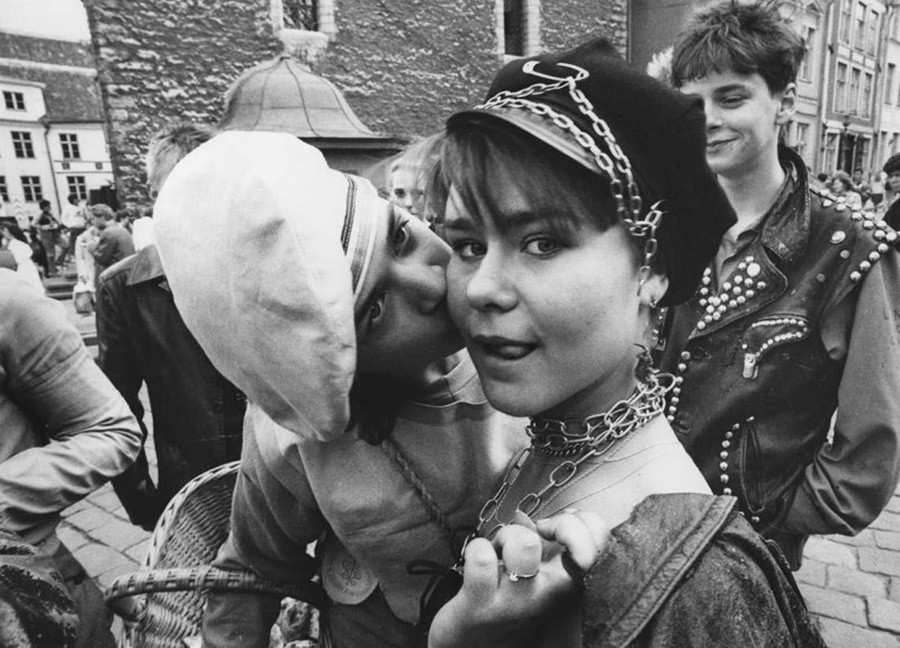
Fans of heavy metal music in Tallinn, 1980s.
Georgy Rozov/МАММ/МDF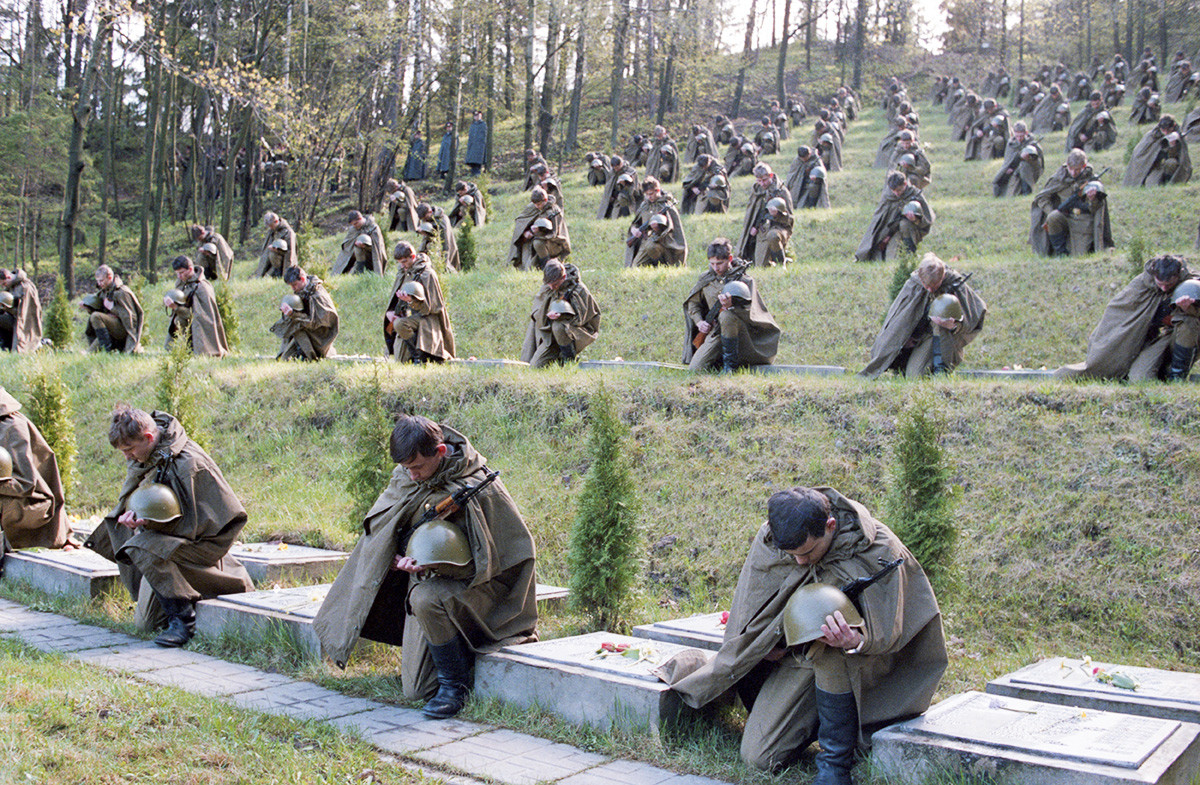
Tribute to the Memory of fallen in battle takes place on the Military Cemetery in Vilnius, 1987.
Boris Kavashkin, Algirdas Sabalyauskas/TASS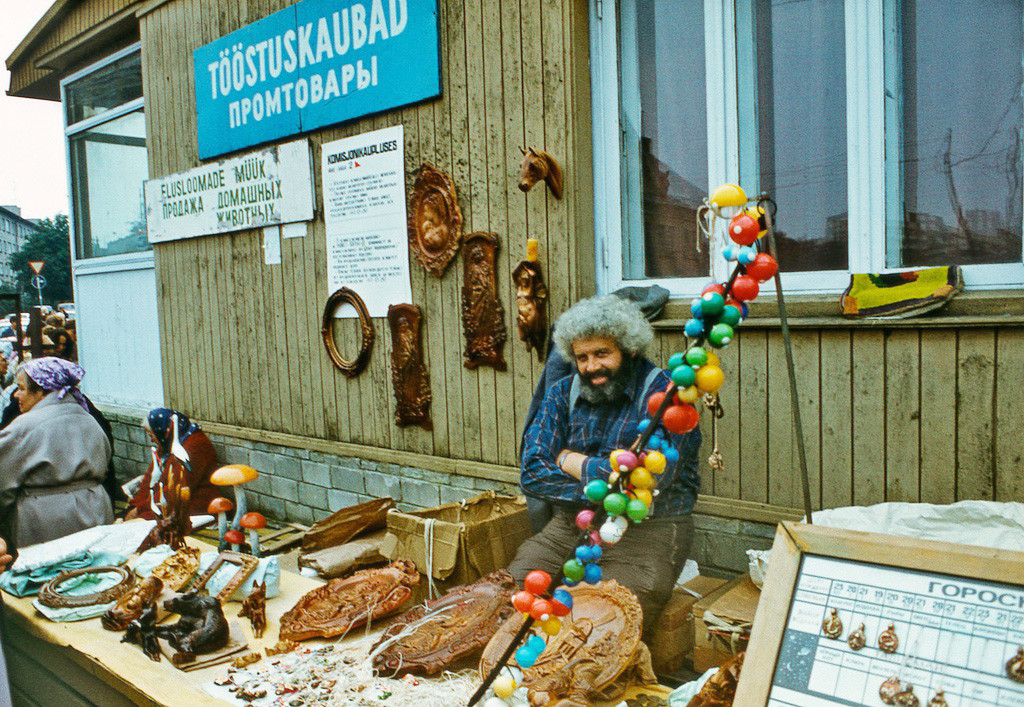
A seller in Tallinn, 1987.
Pavel Sukharev's archive
Chimney sweepers on a roof in Tallinn, 1984.
S. Lidov/SputnikIf using any of Russia Beyond's content, partly or in full, always provide an active hyperlink to the original material.
Subscribe
to our newsletter!
Get the week's best stories straight to your inbox